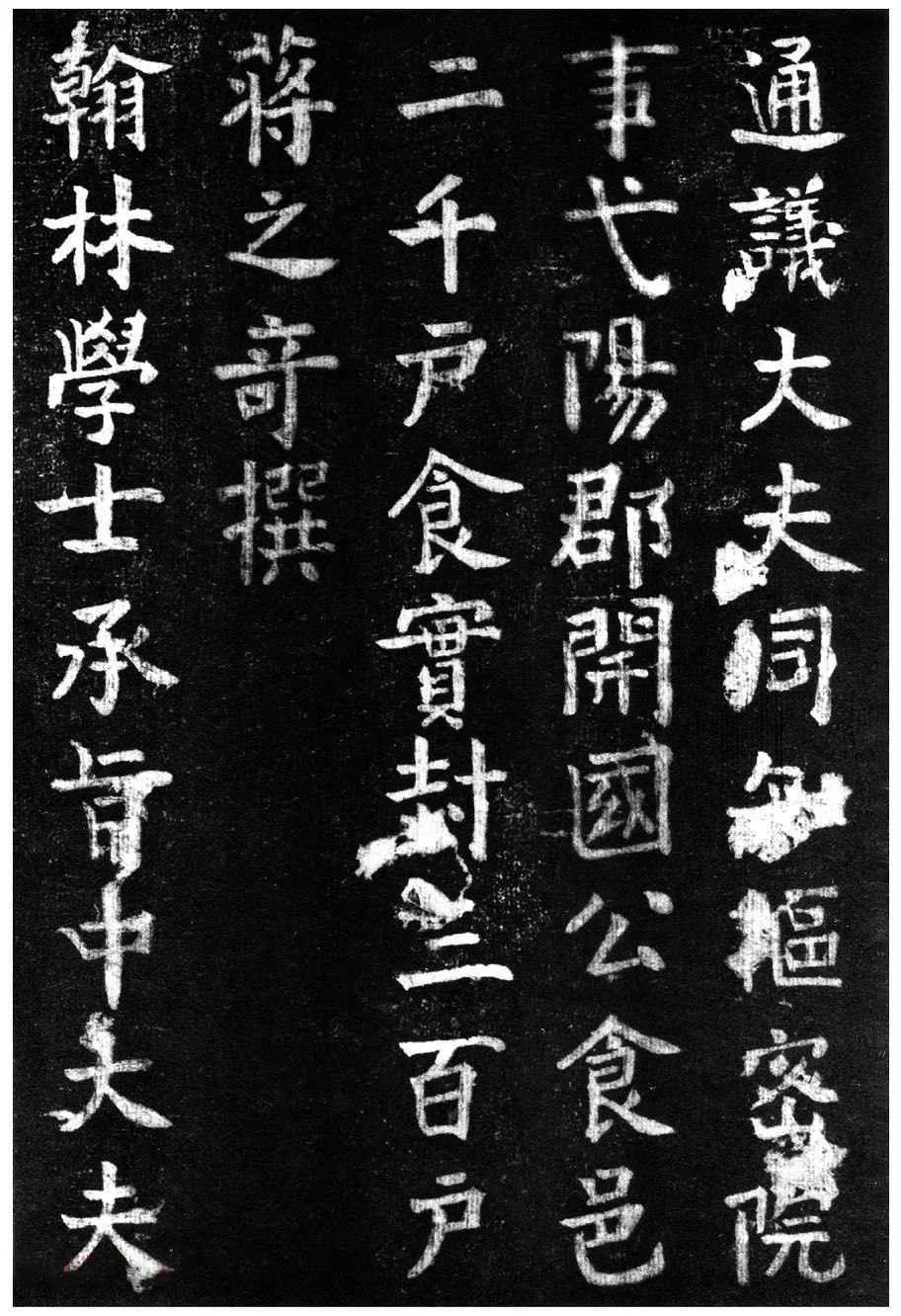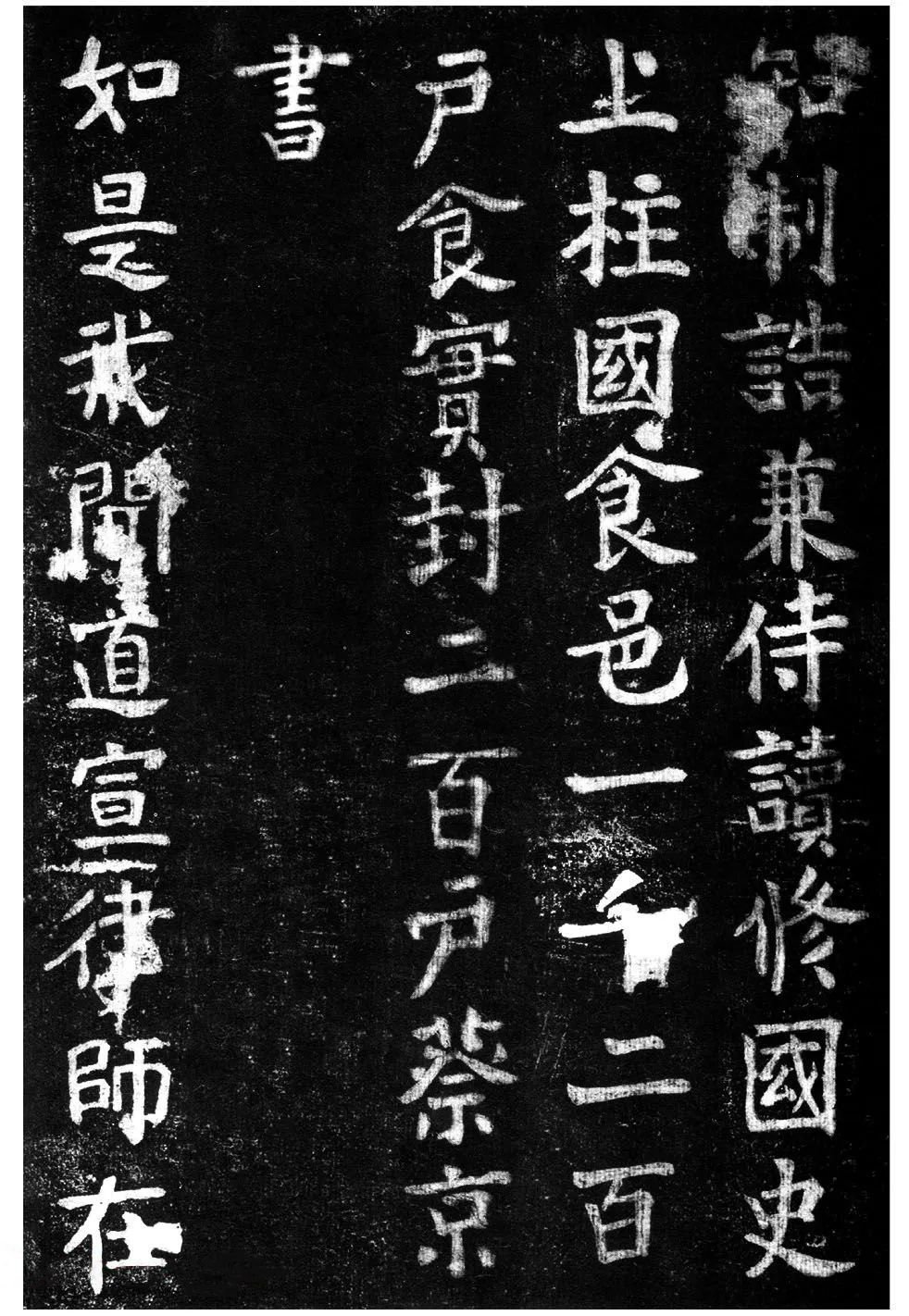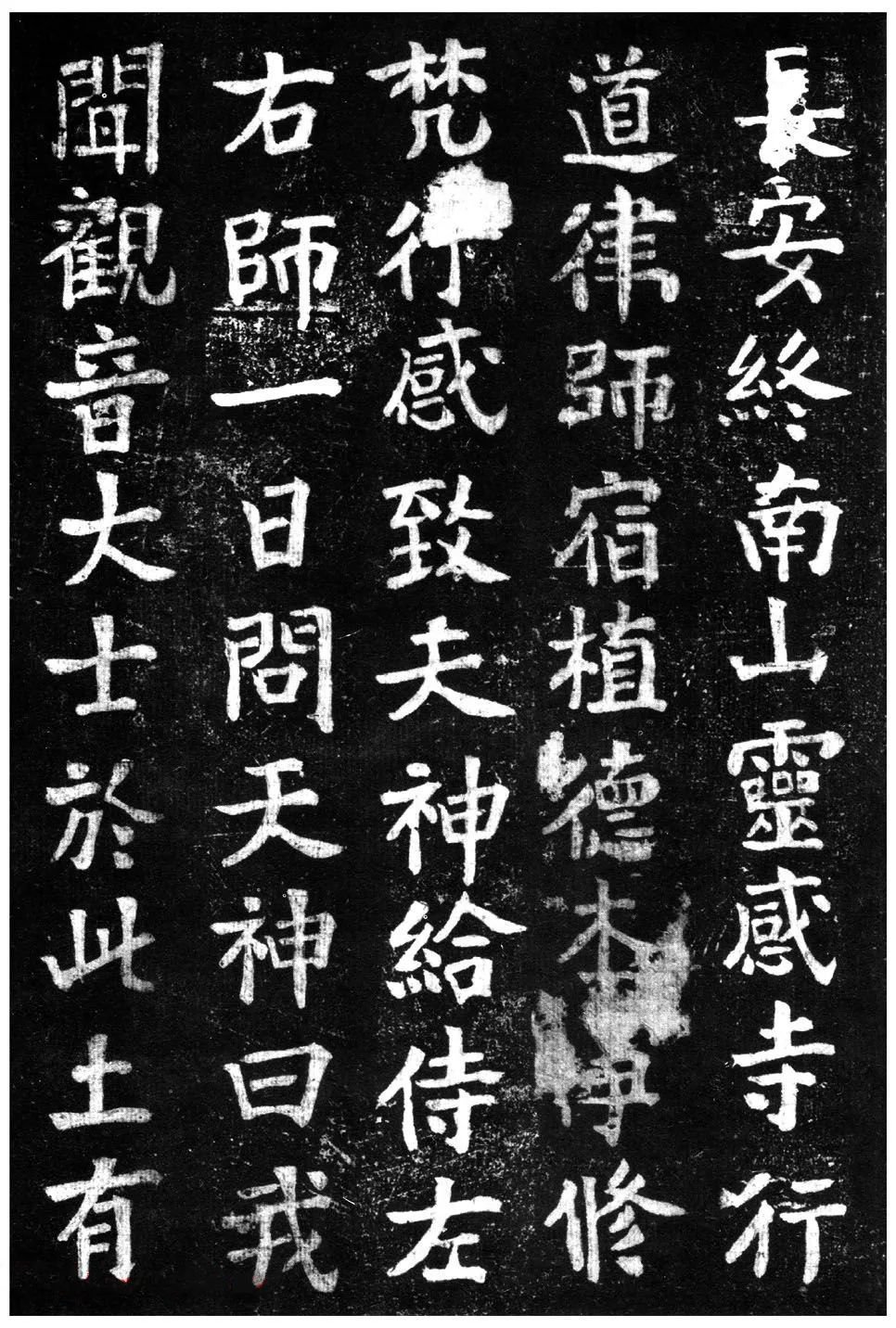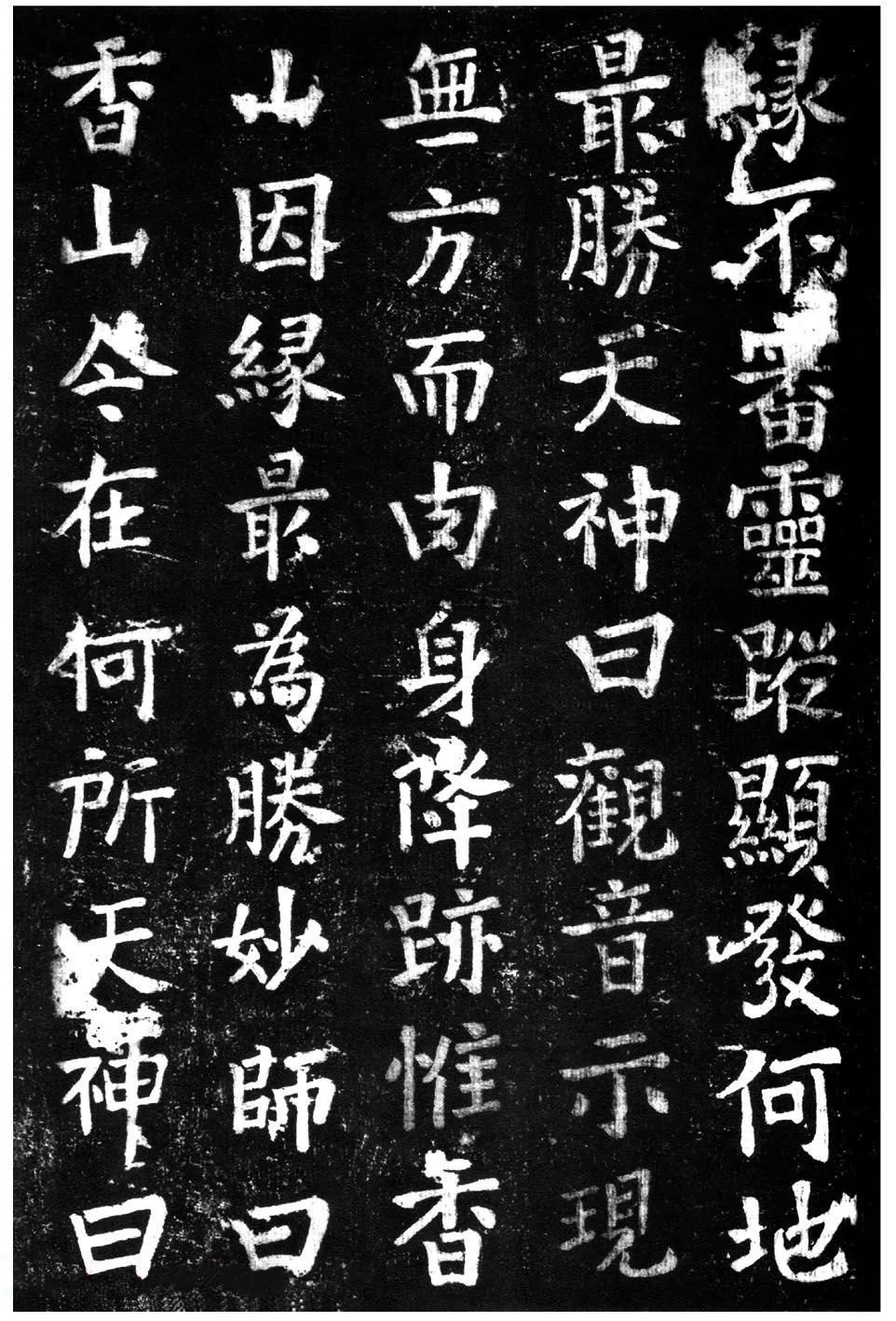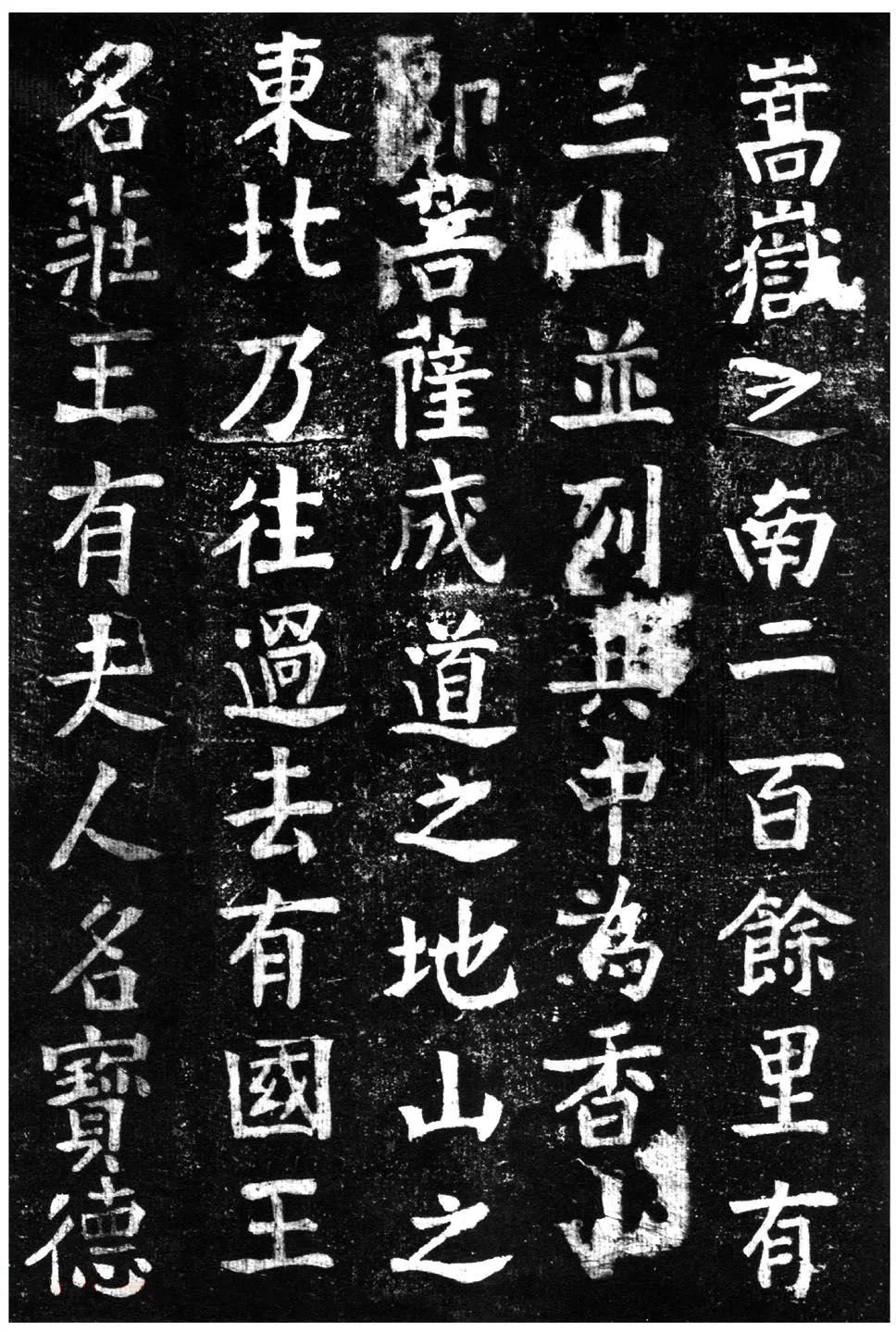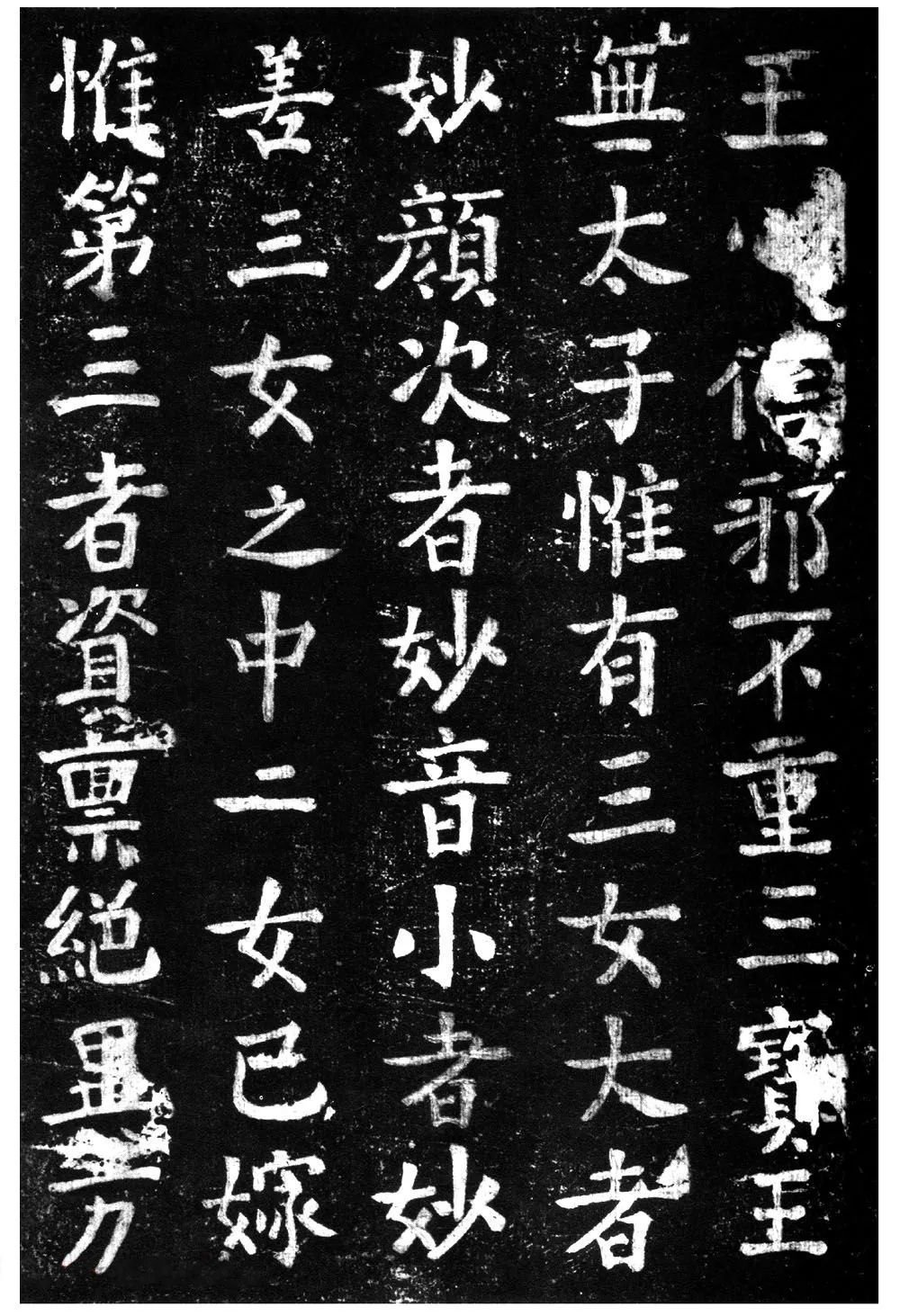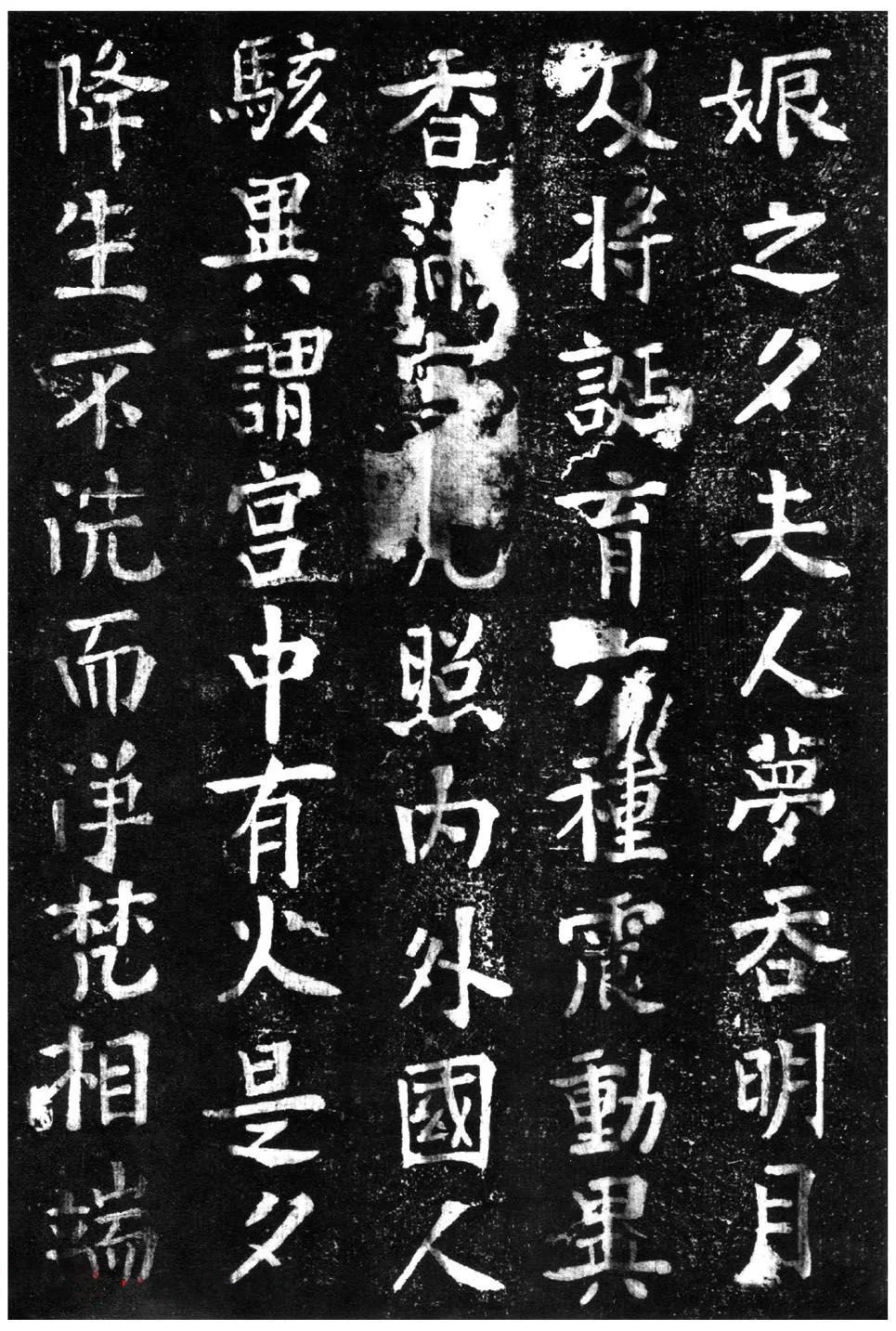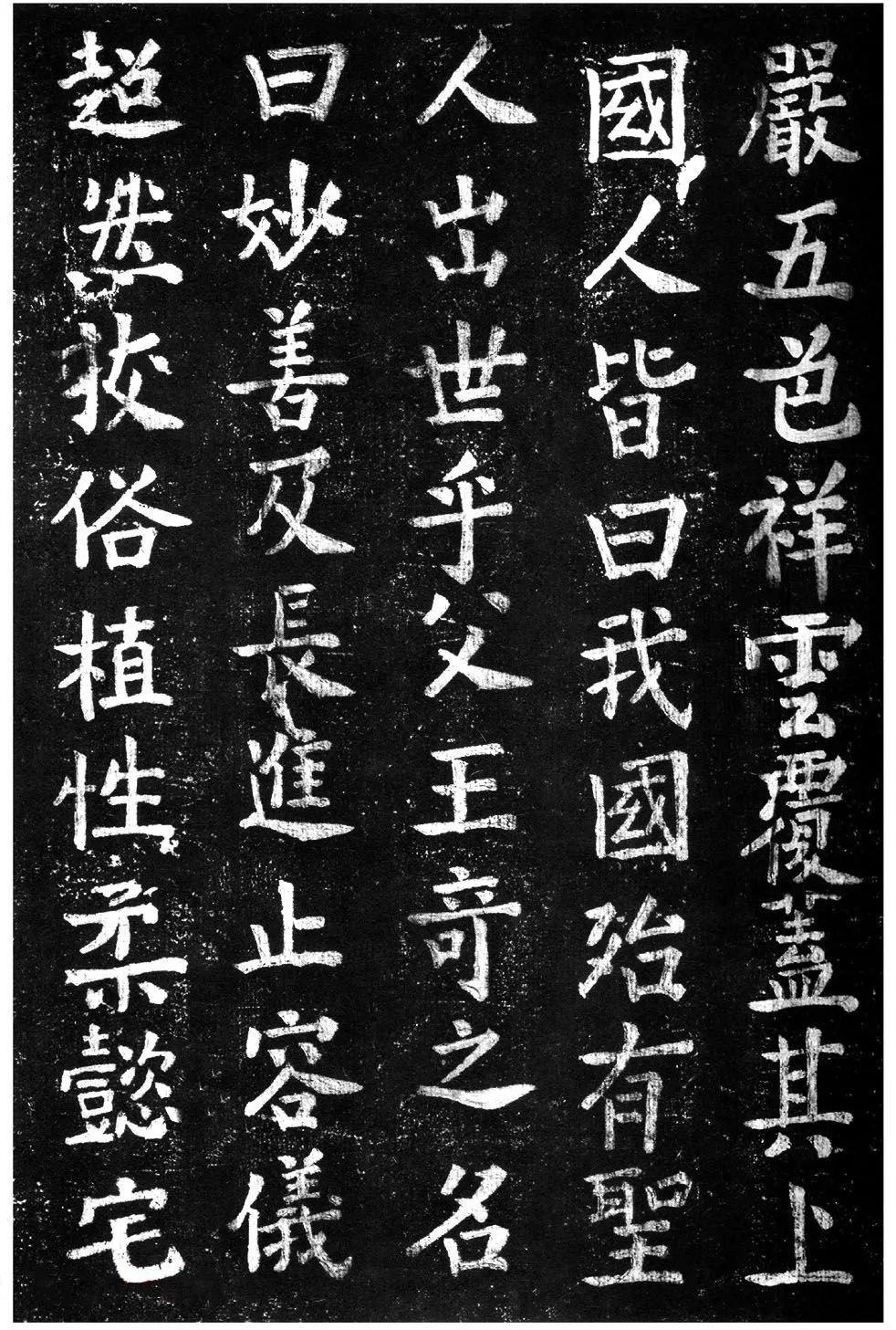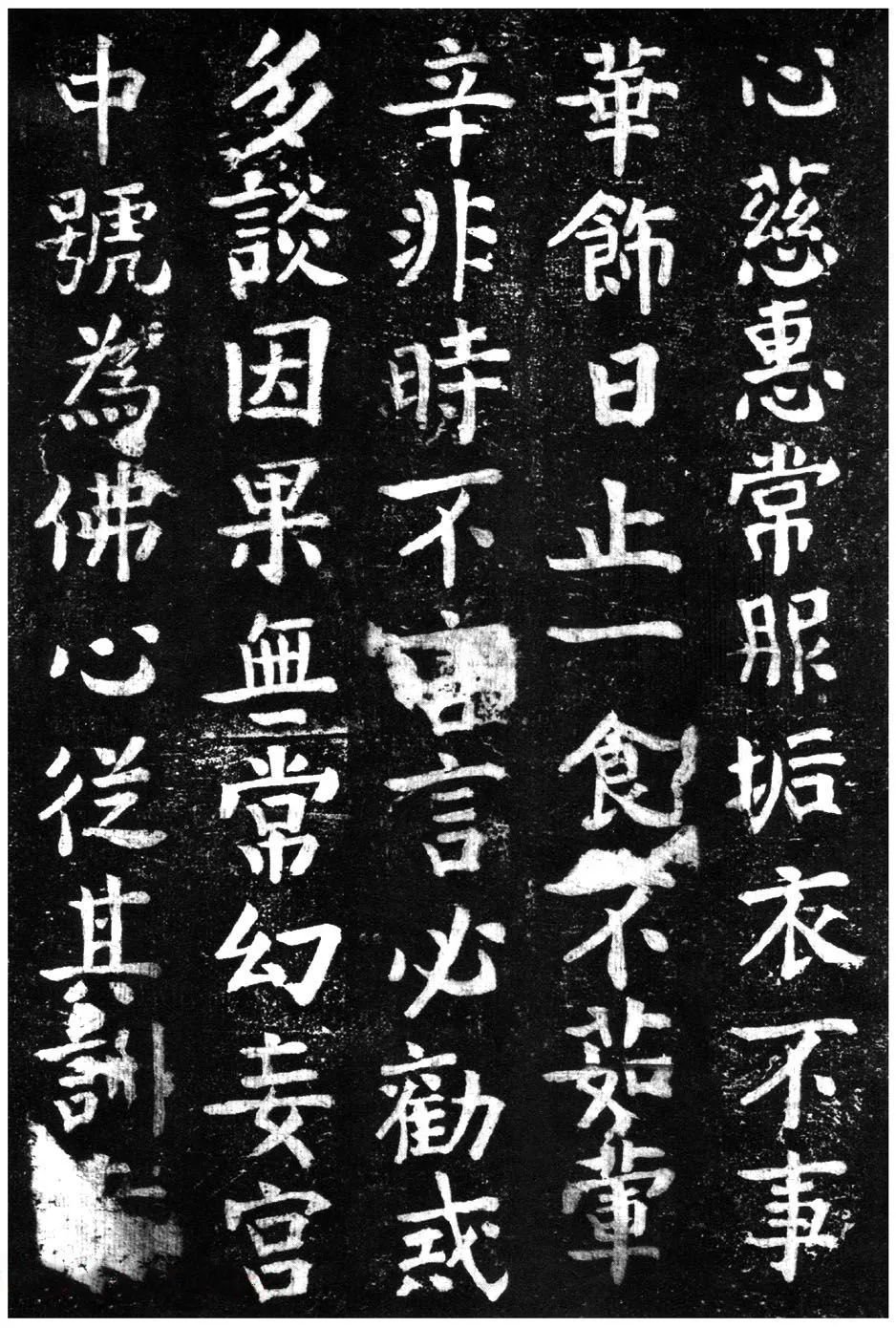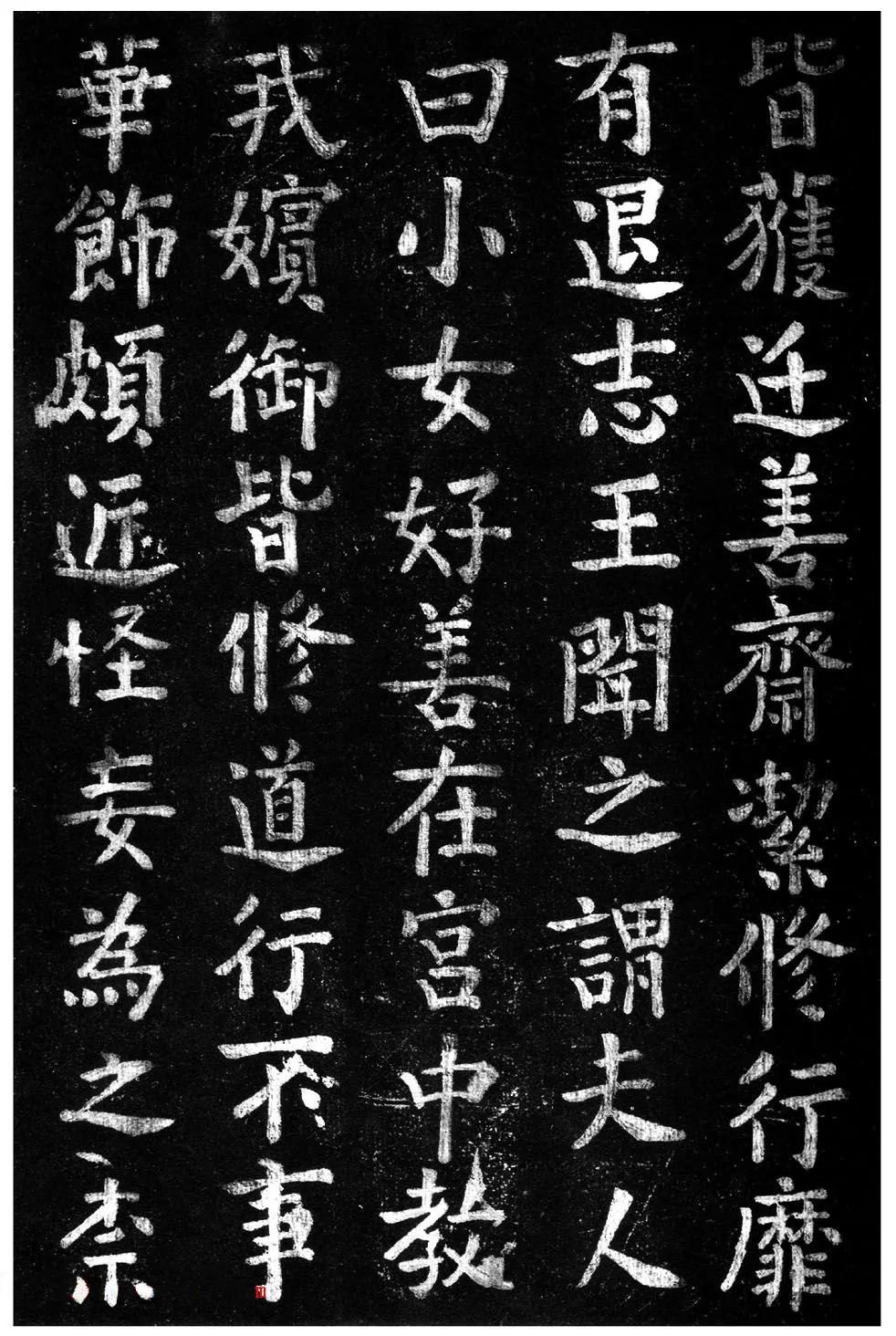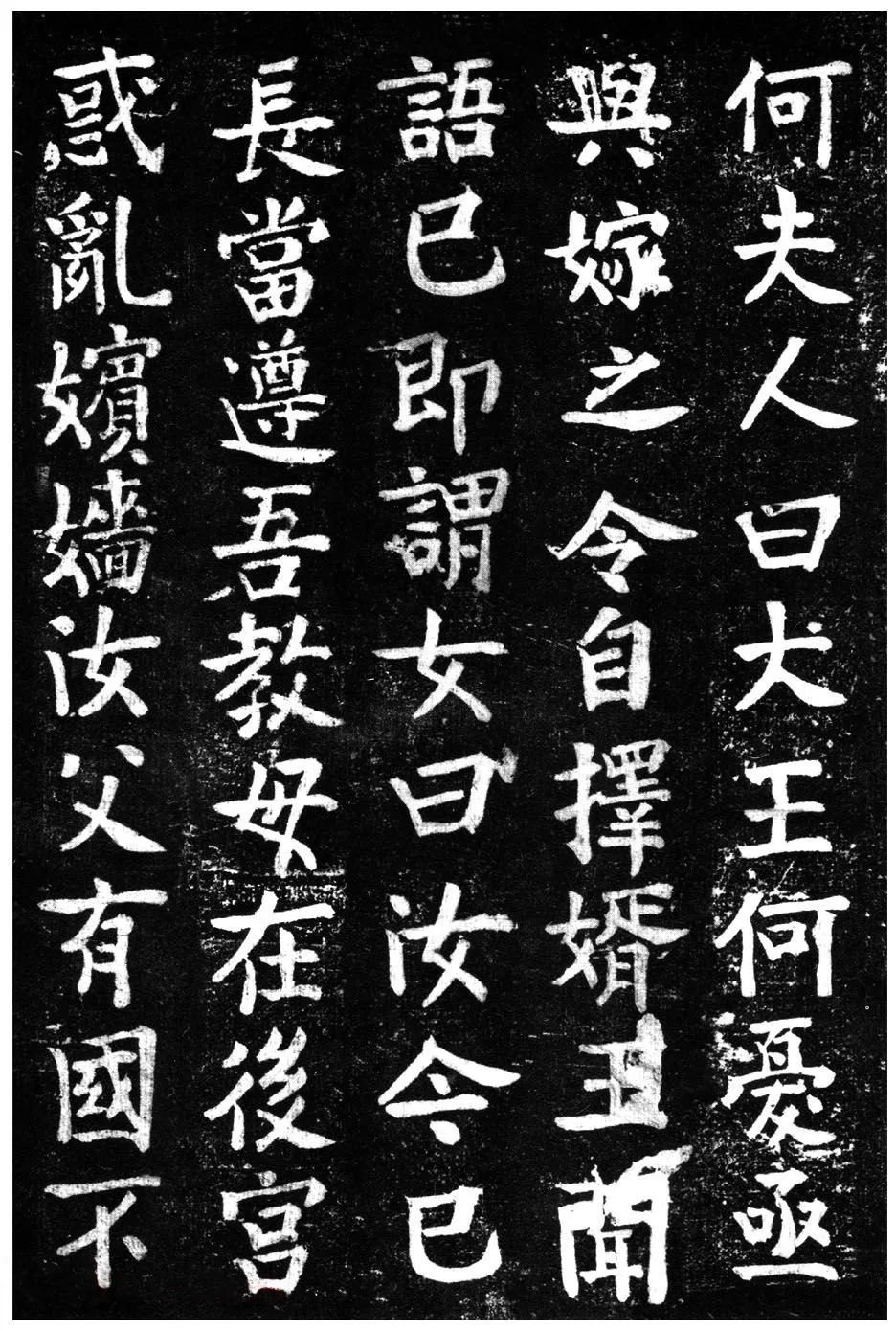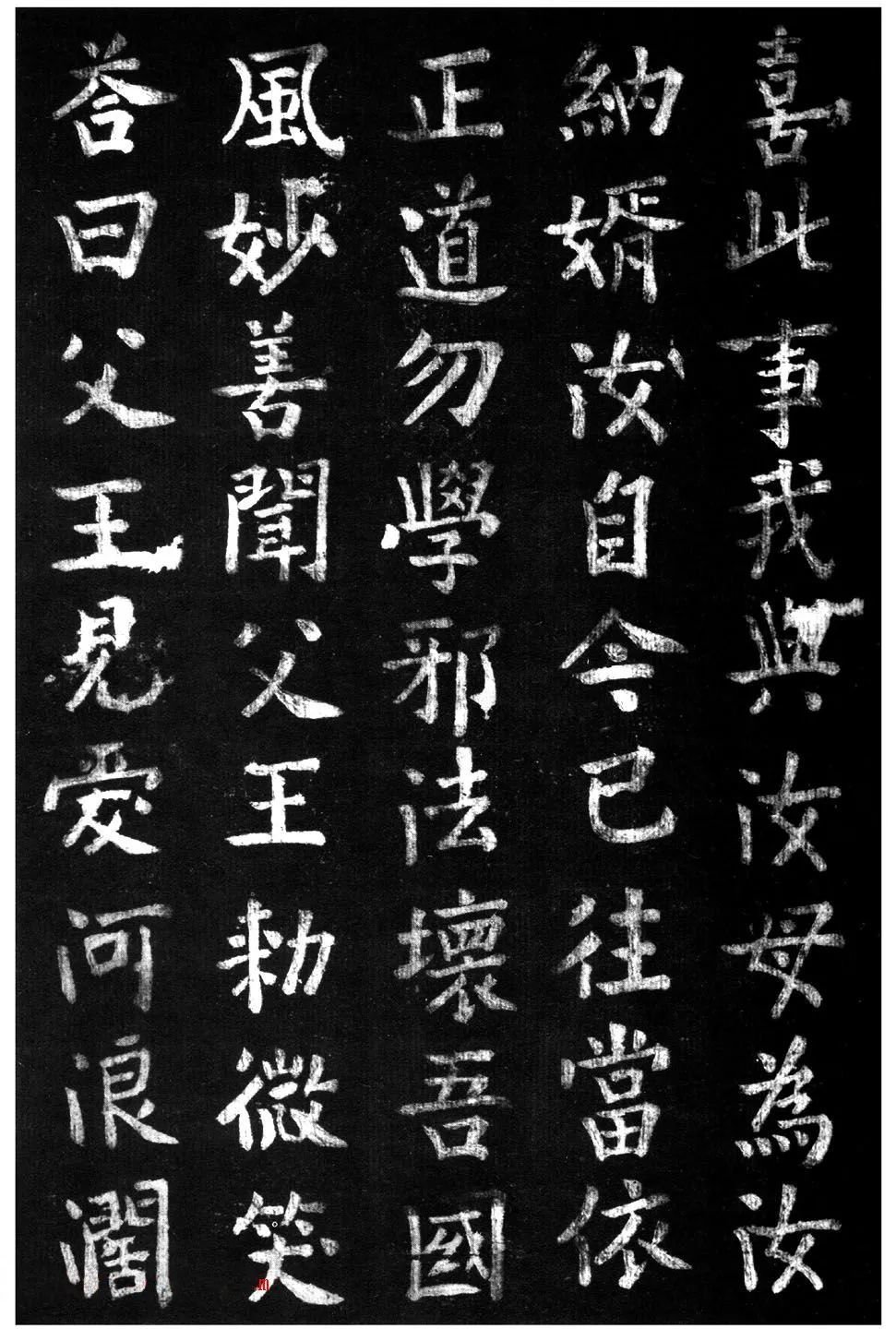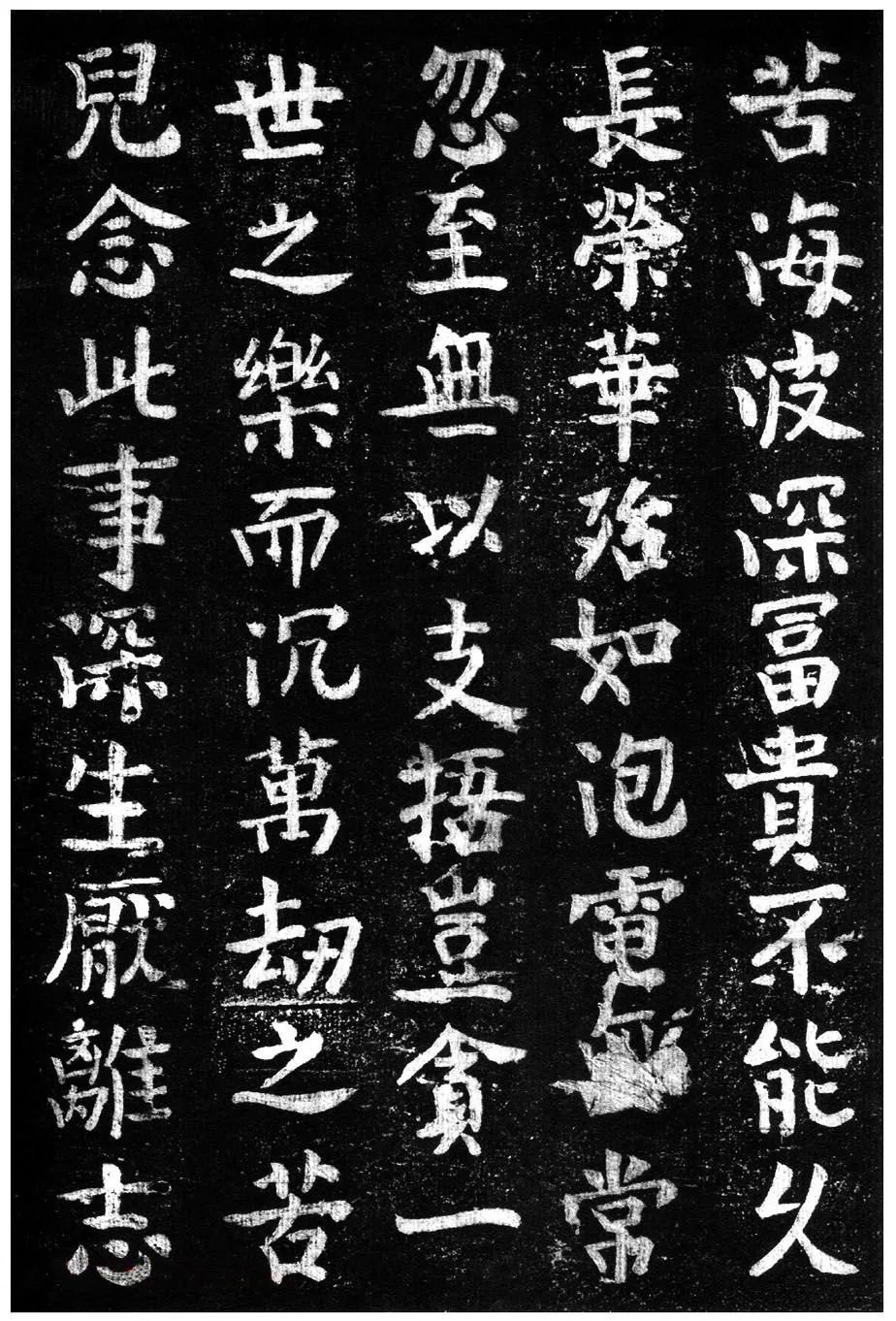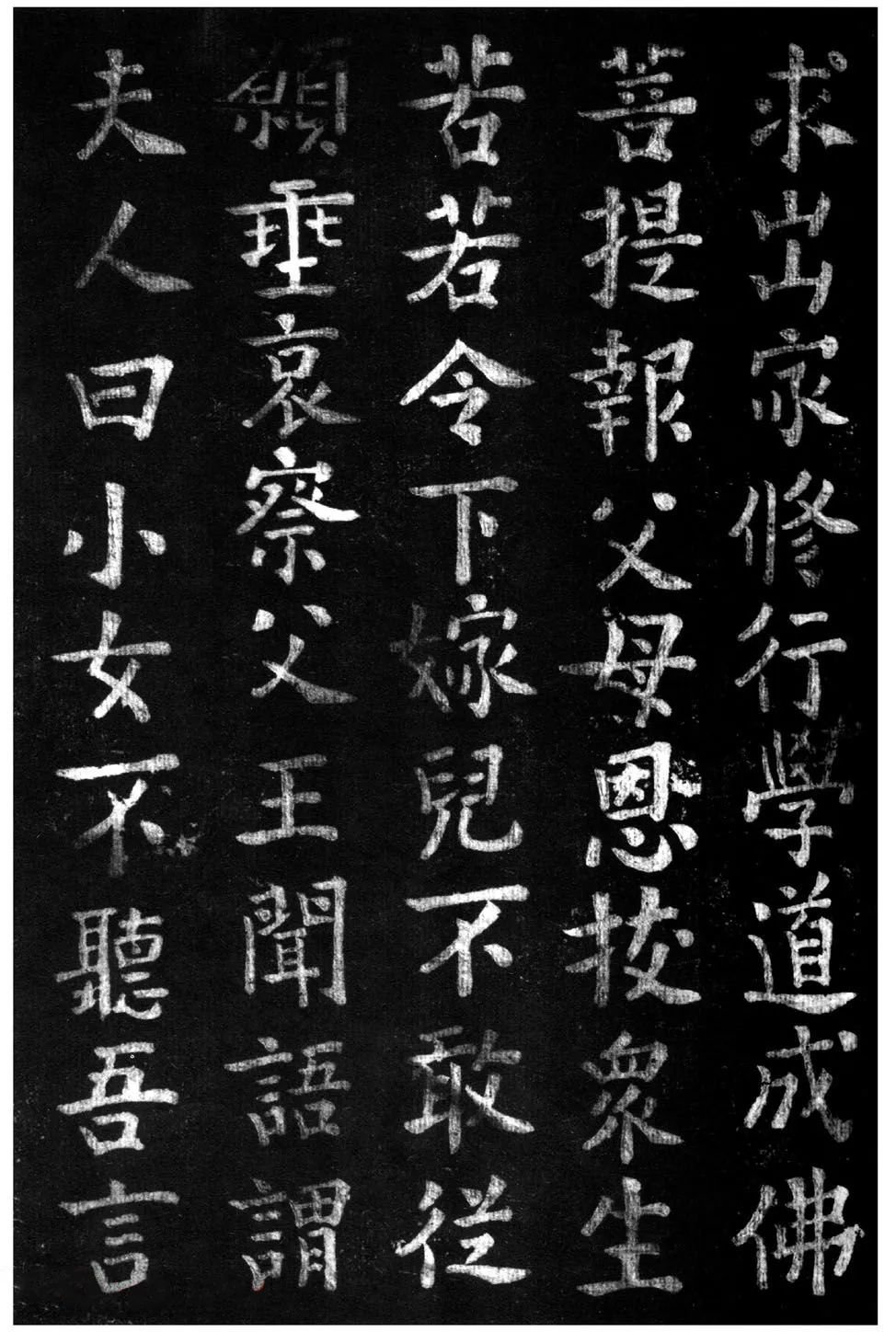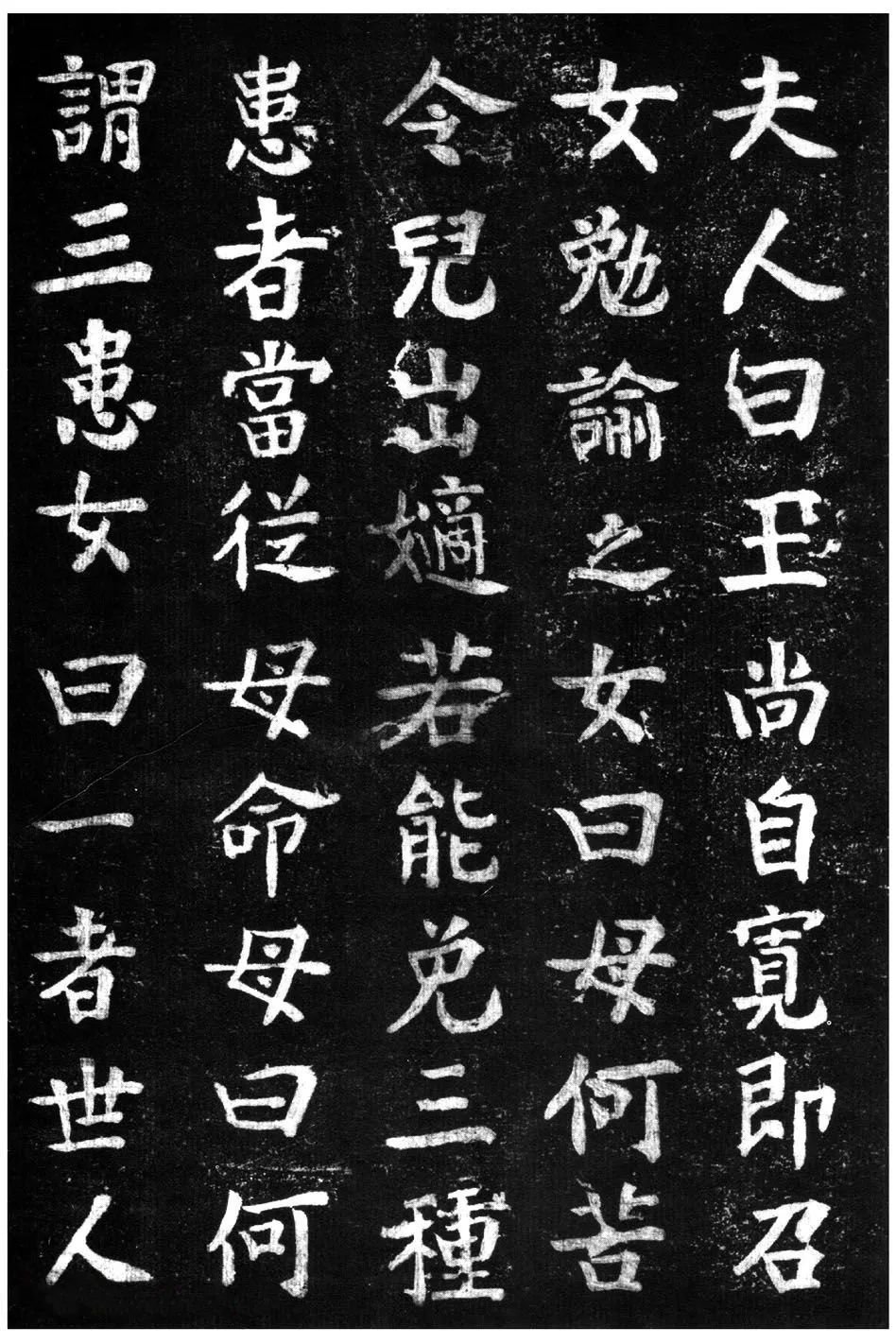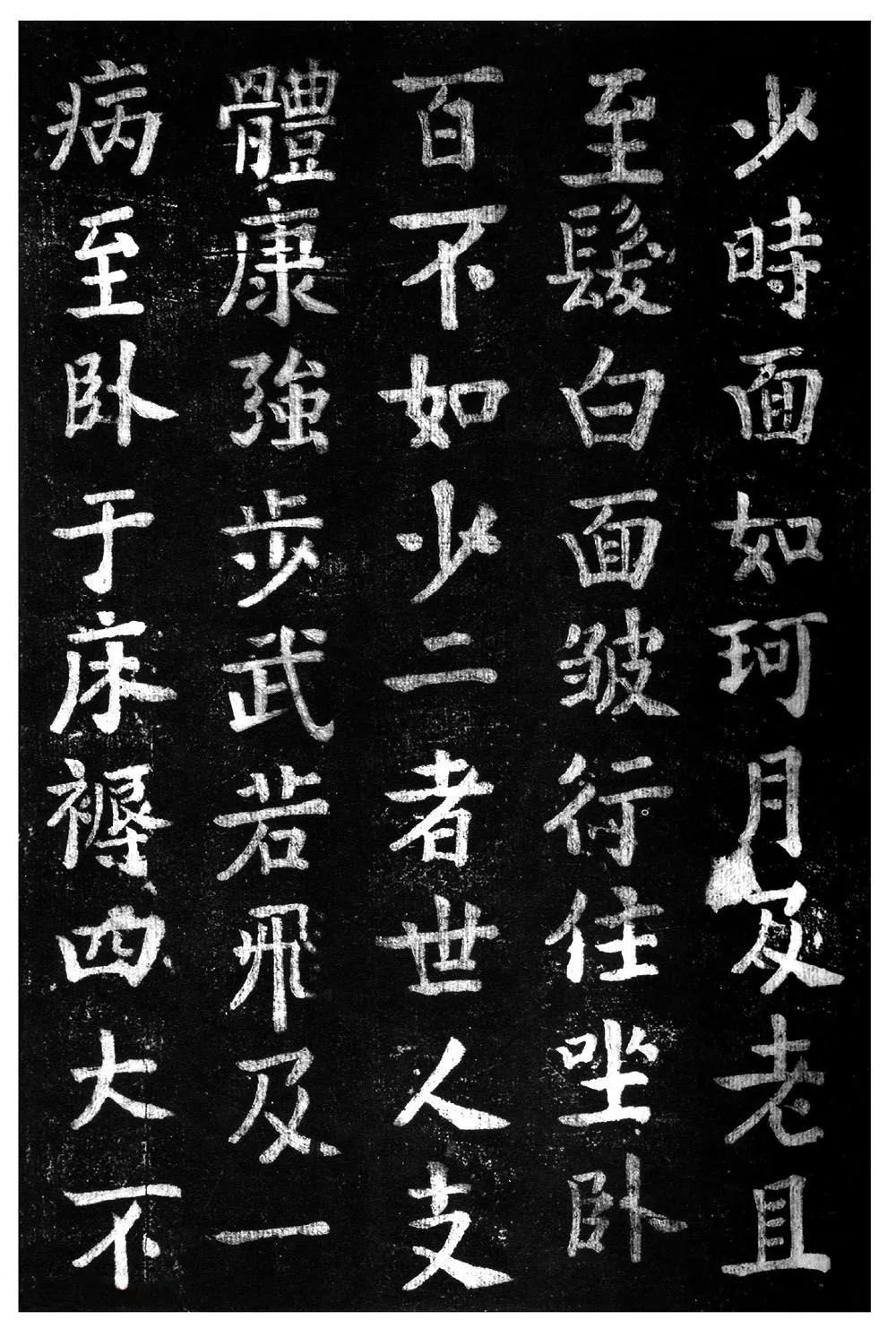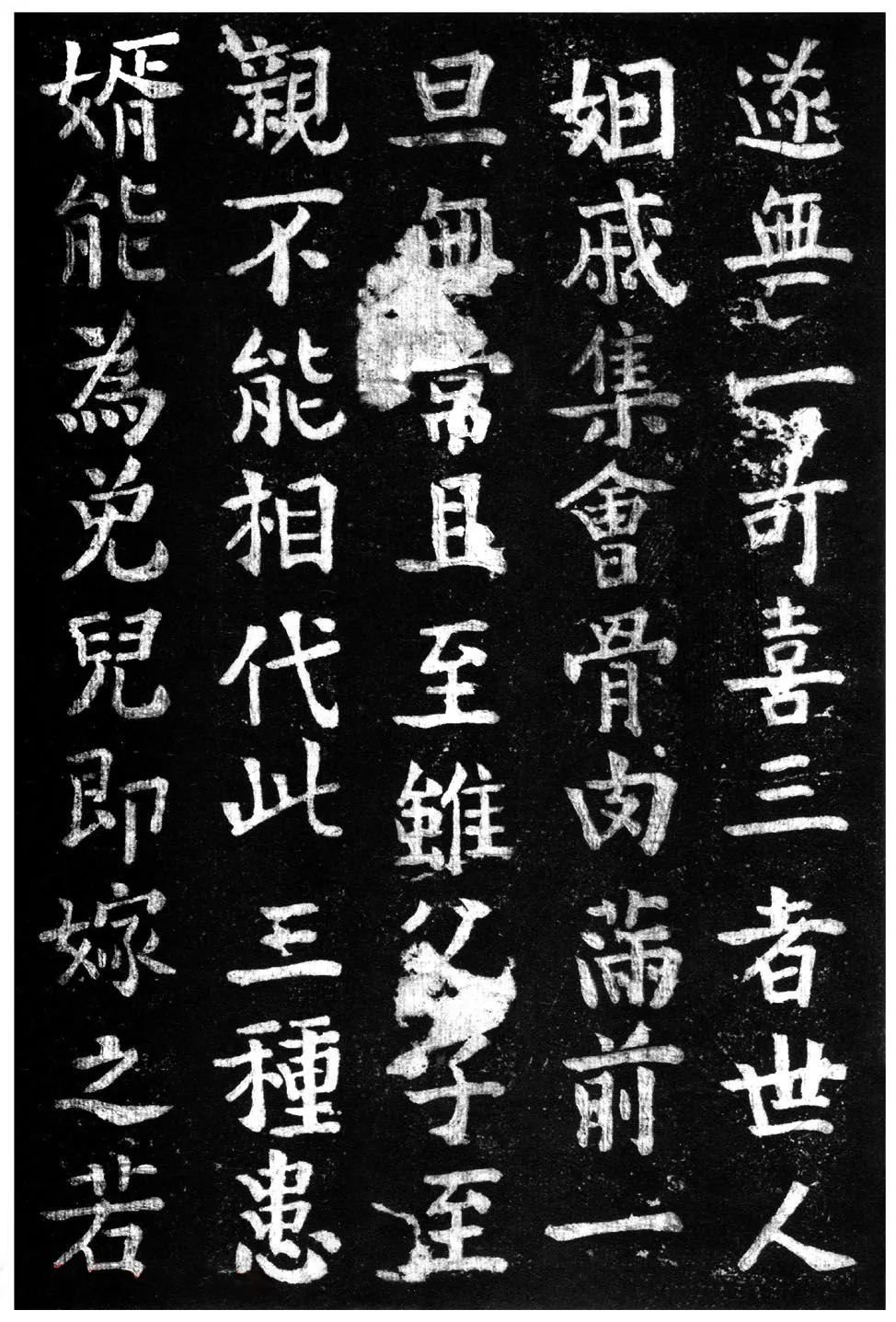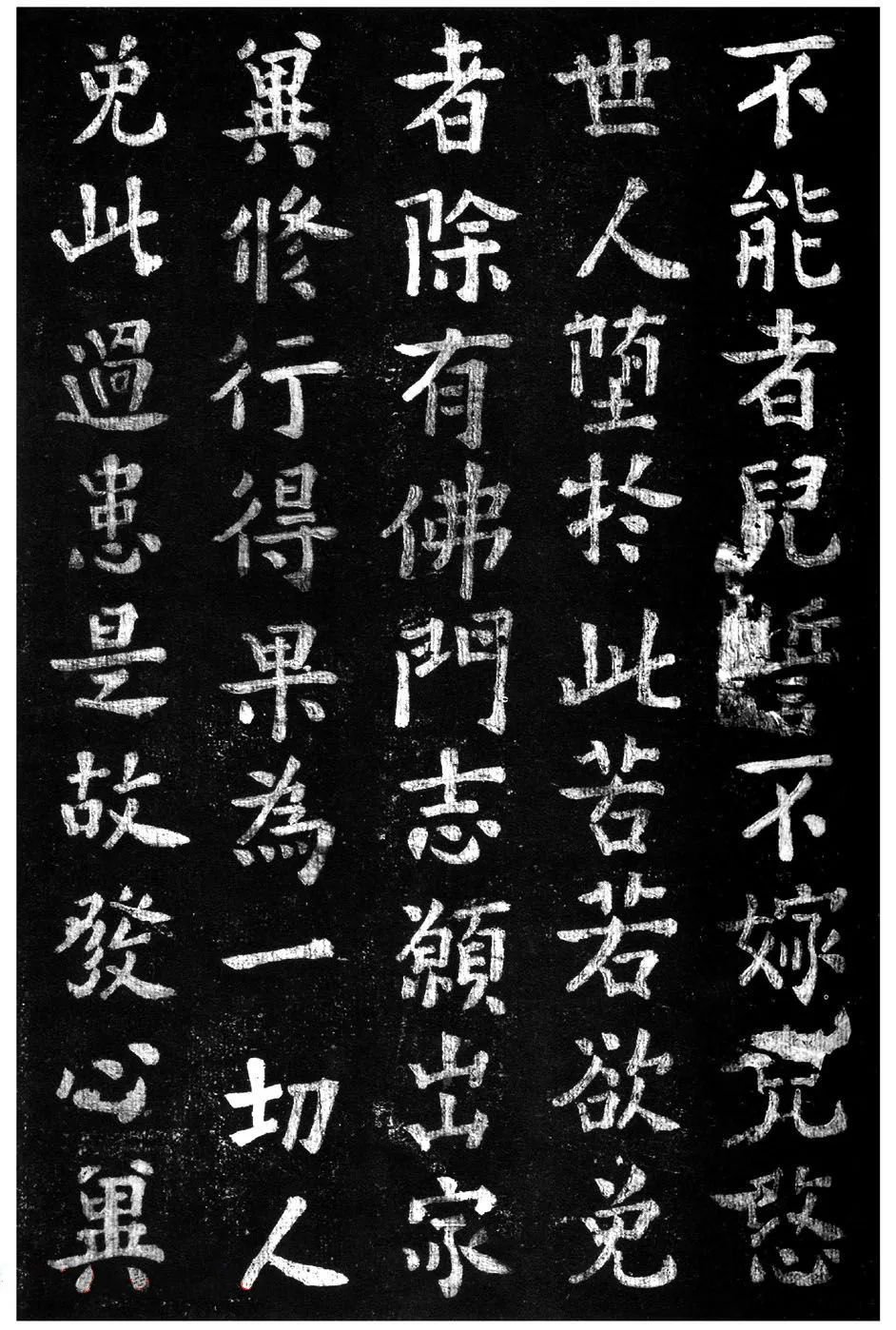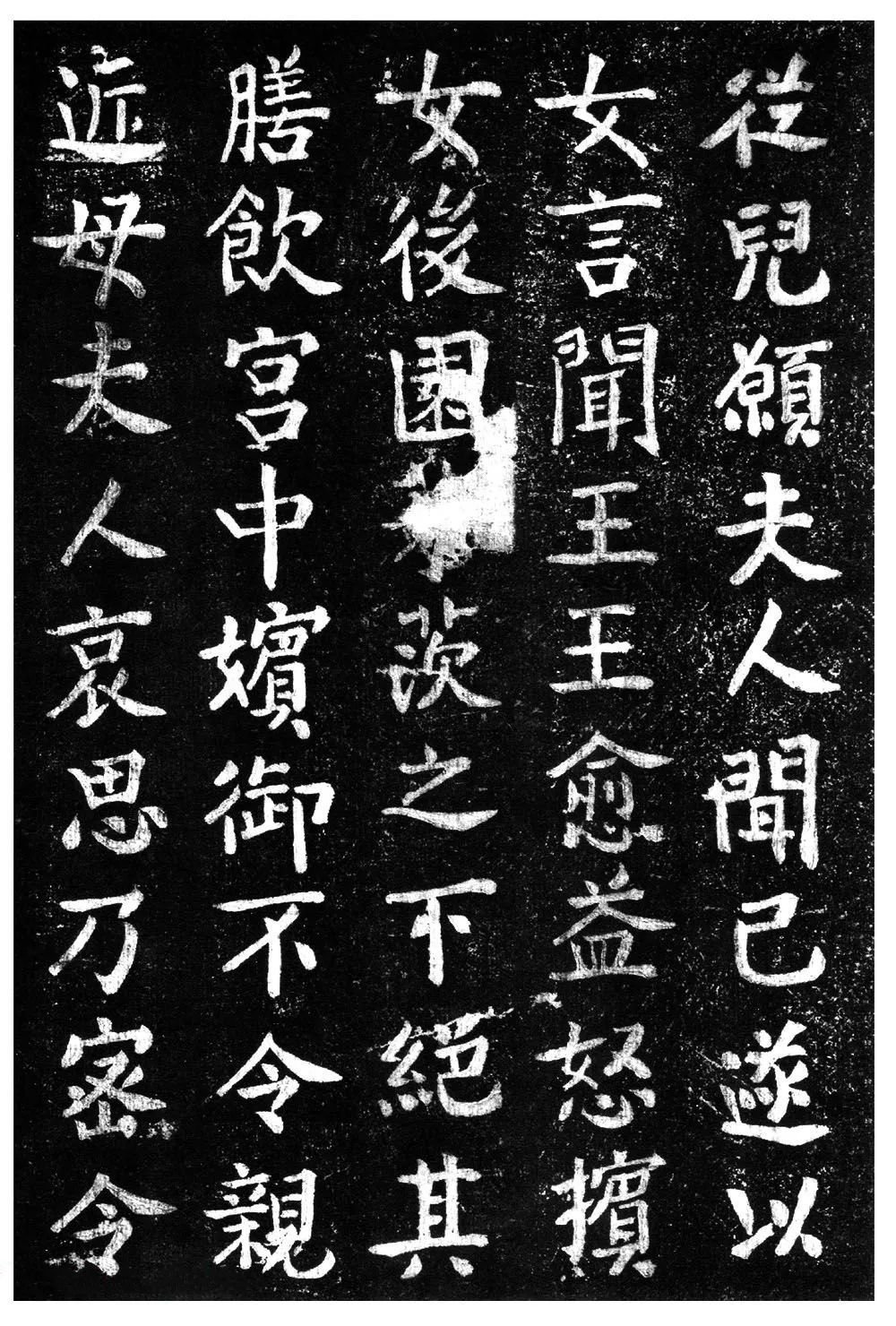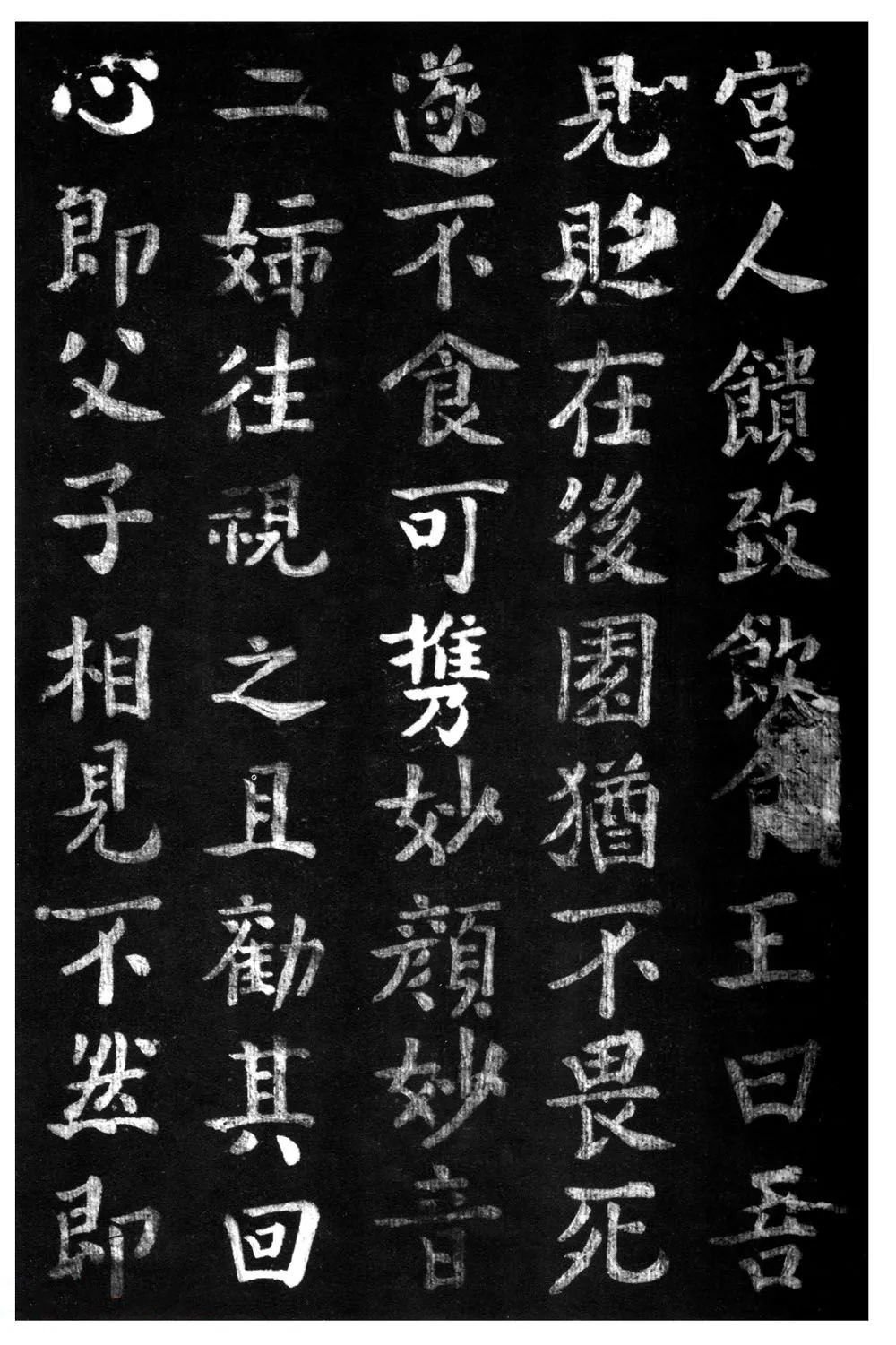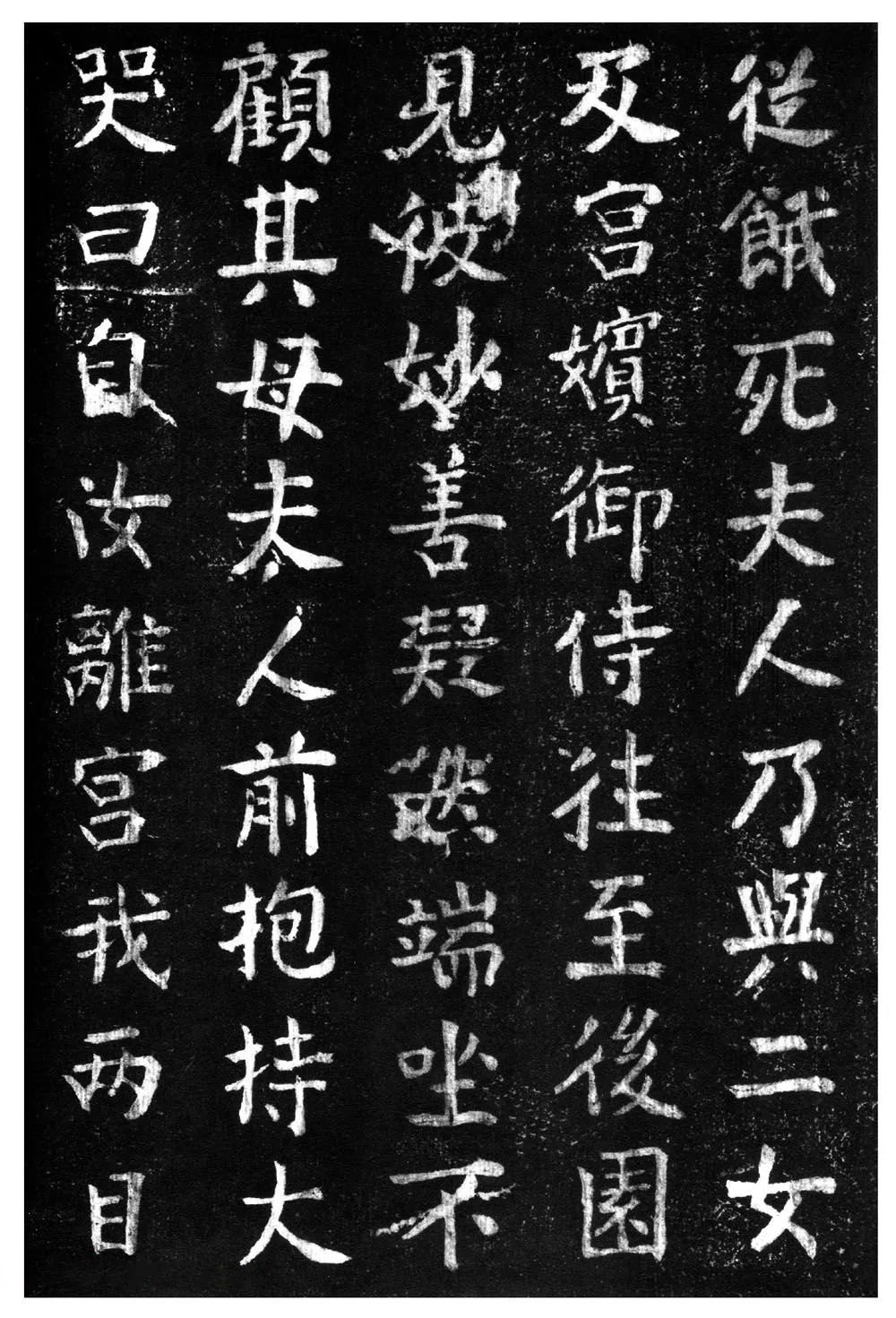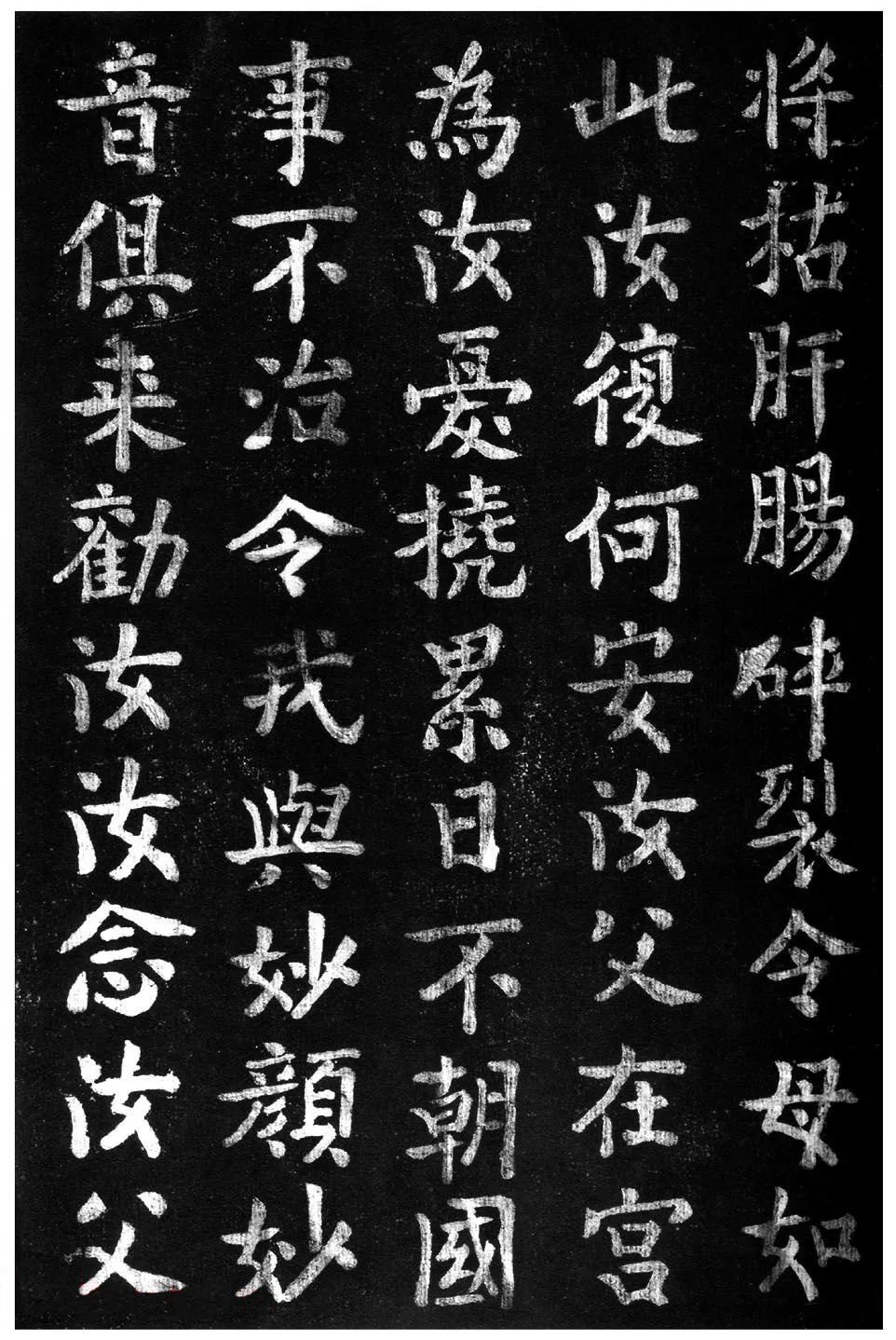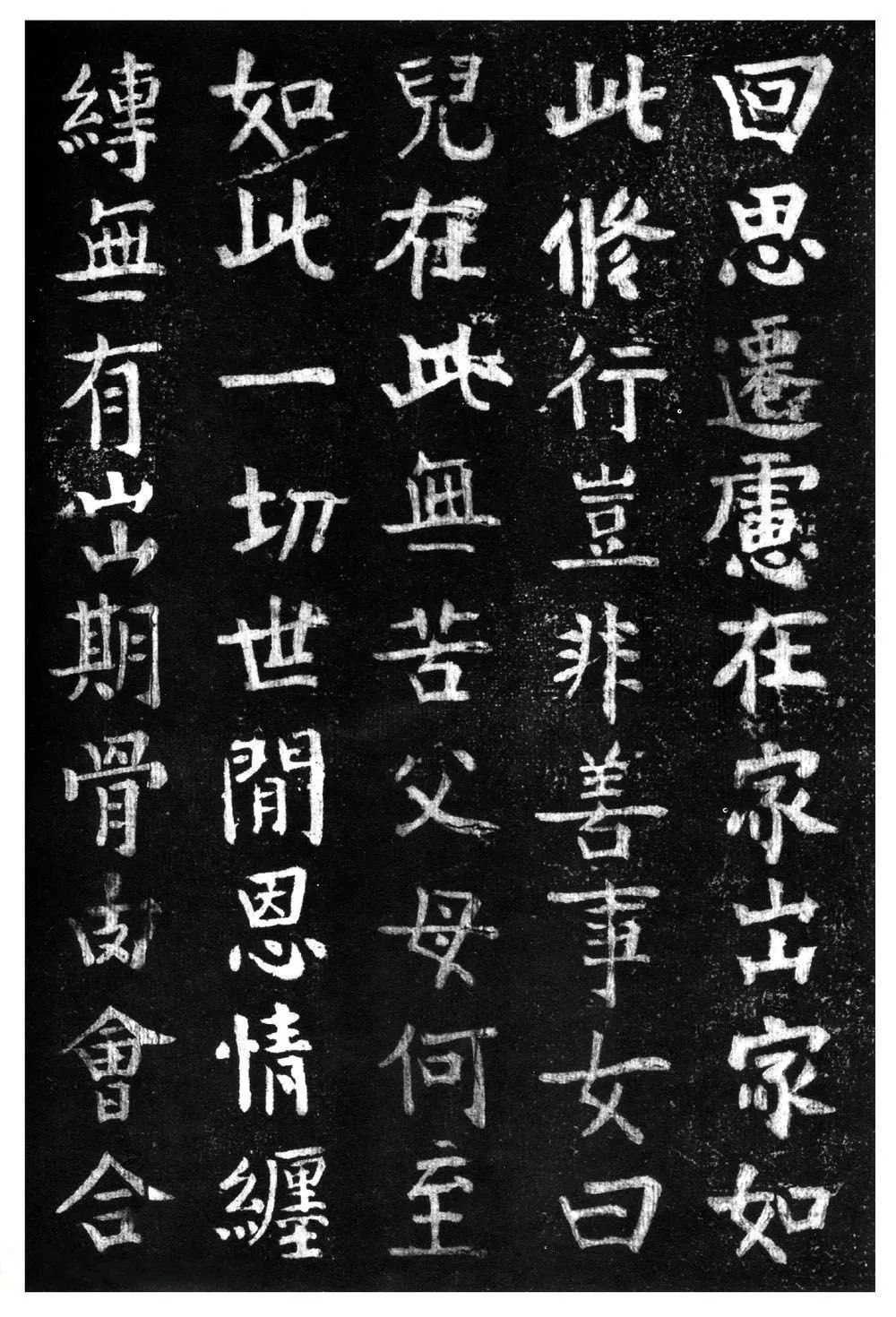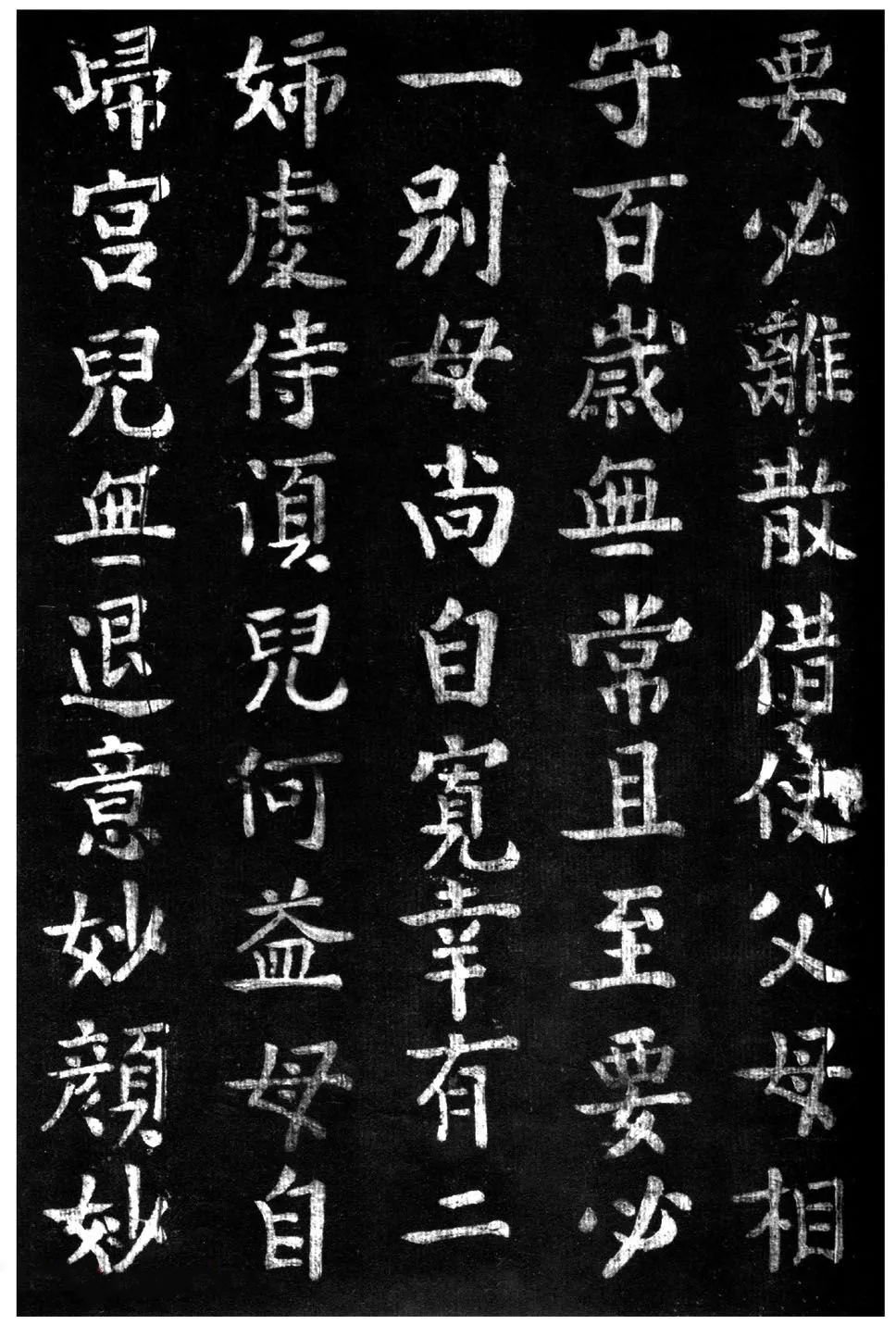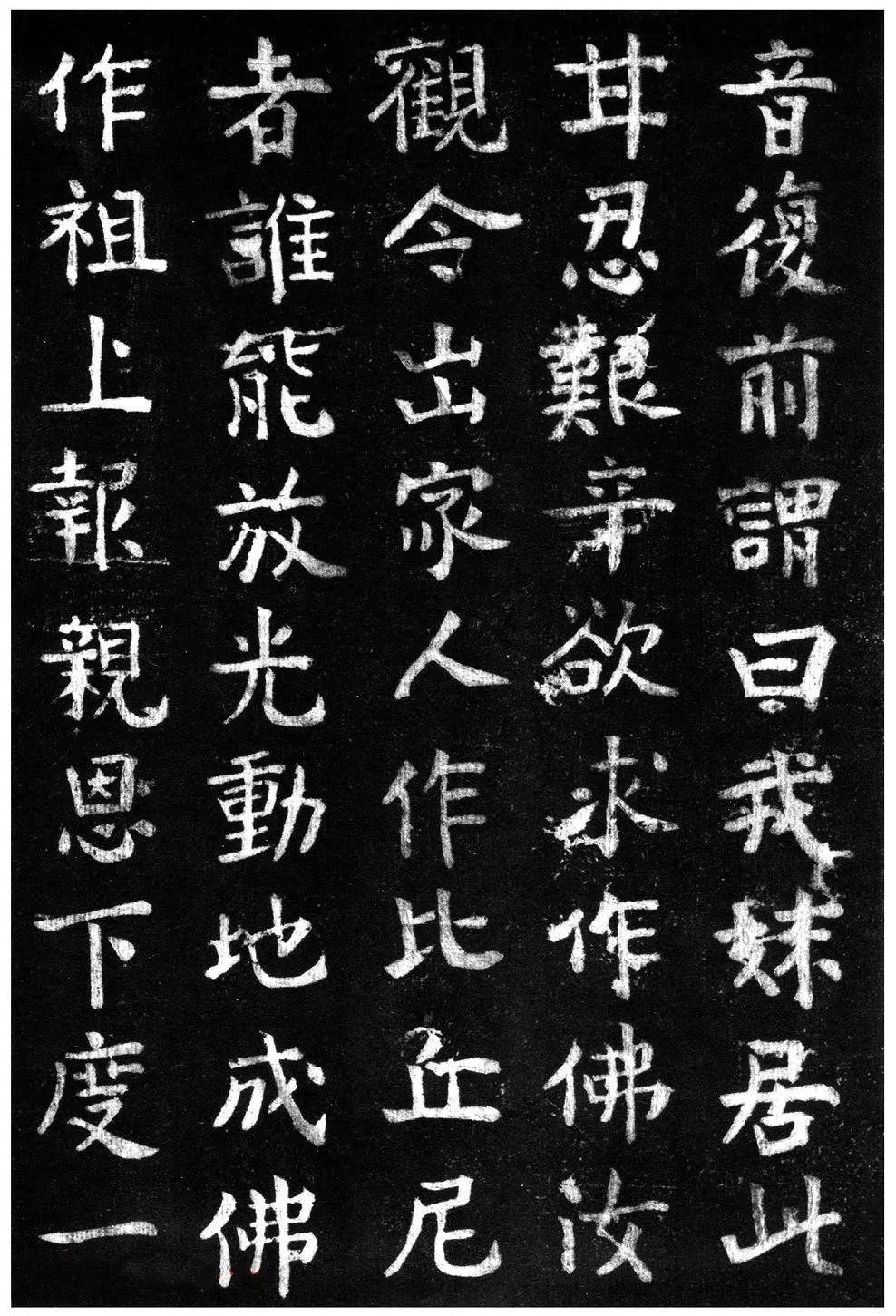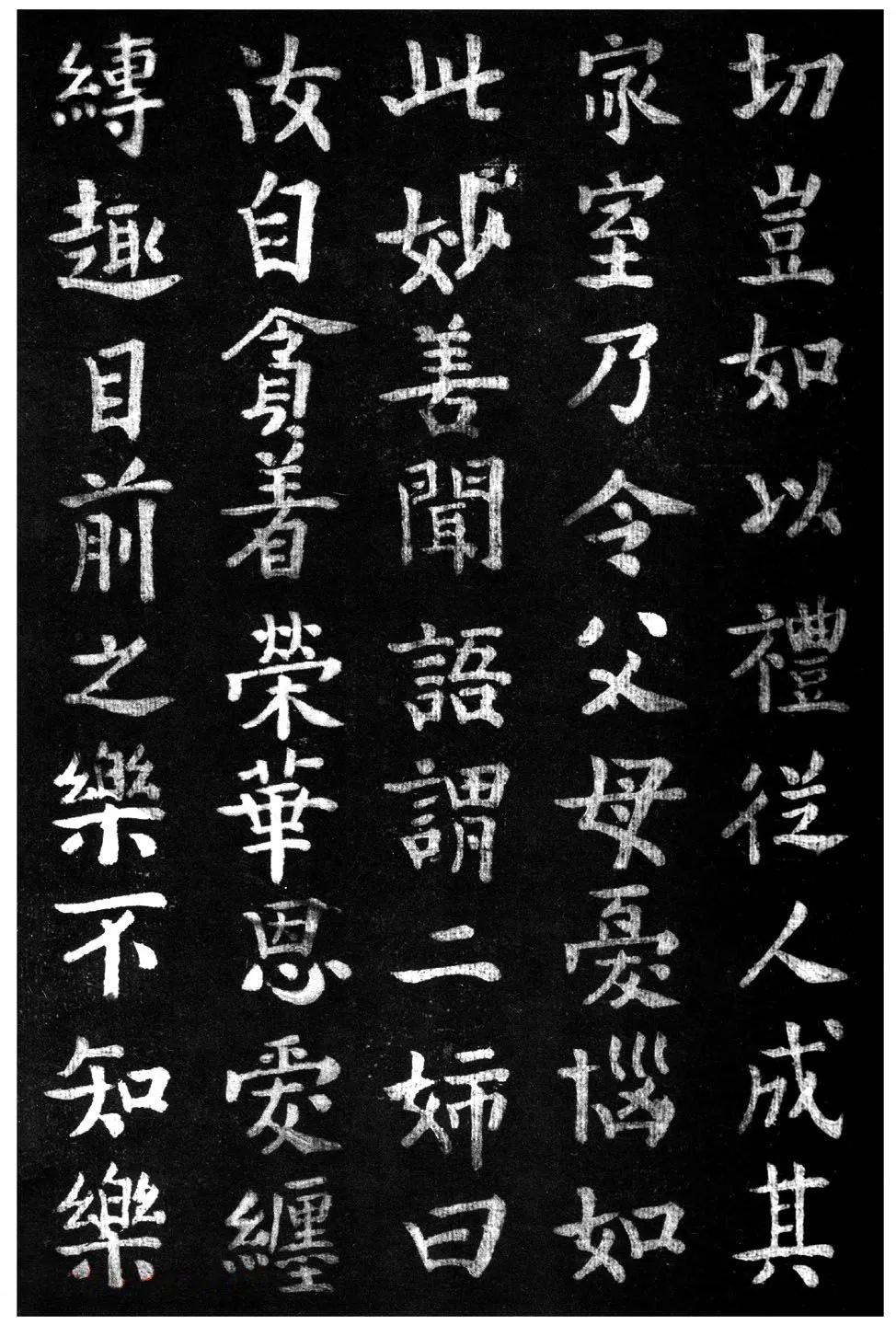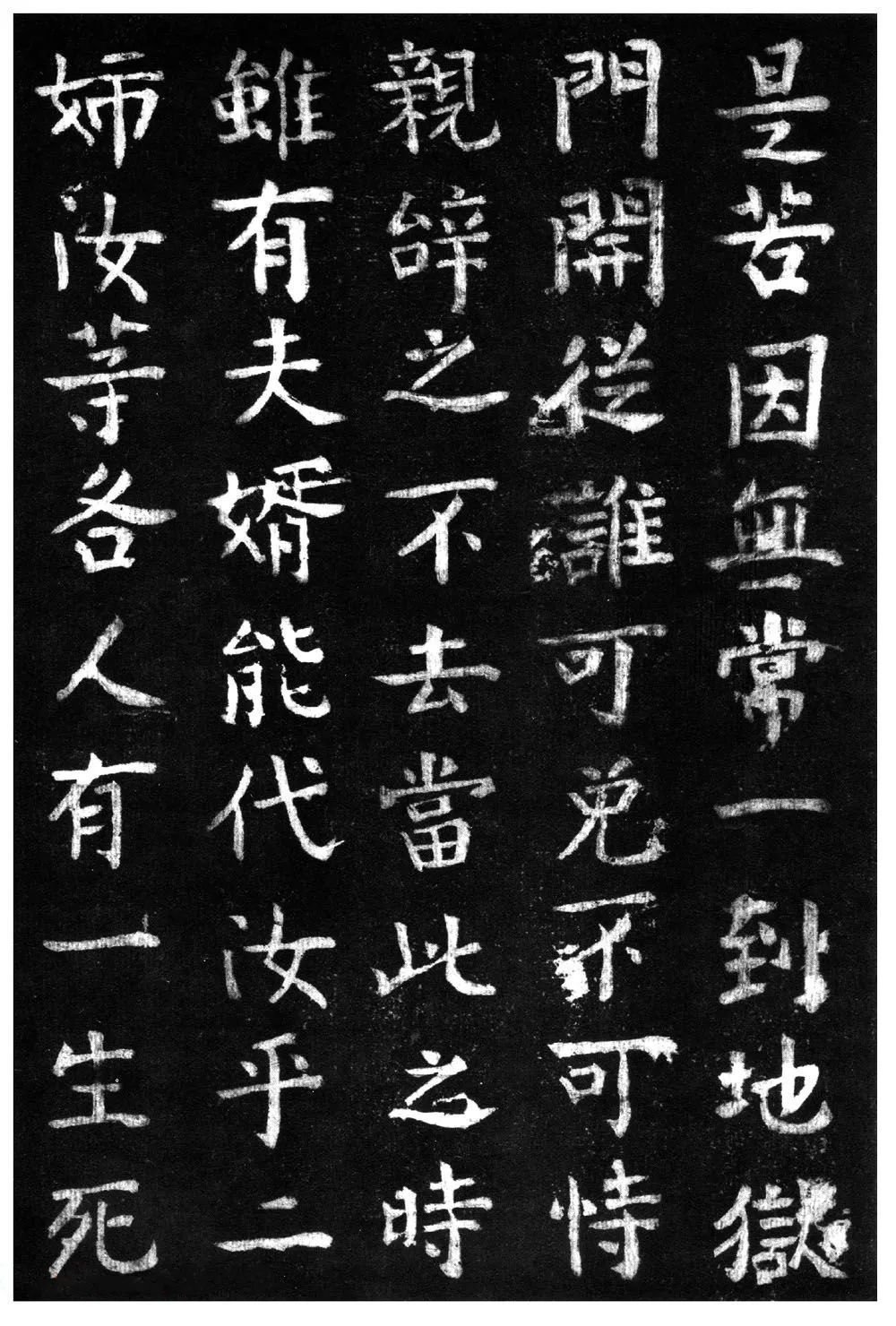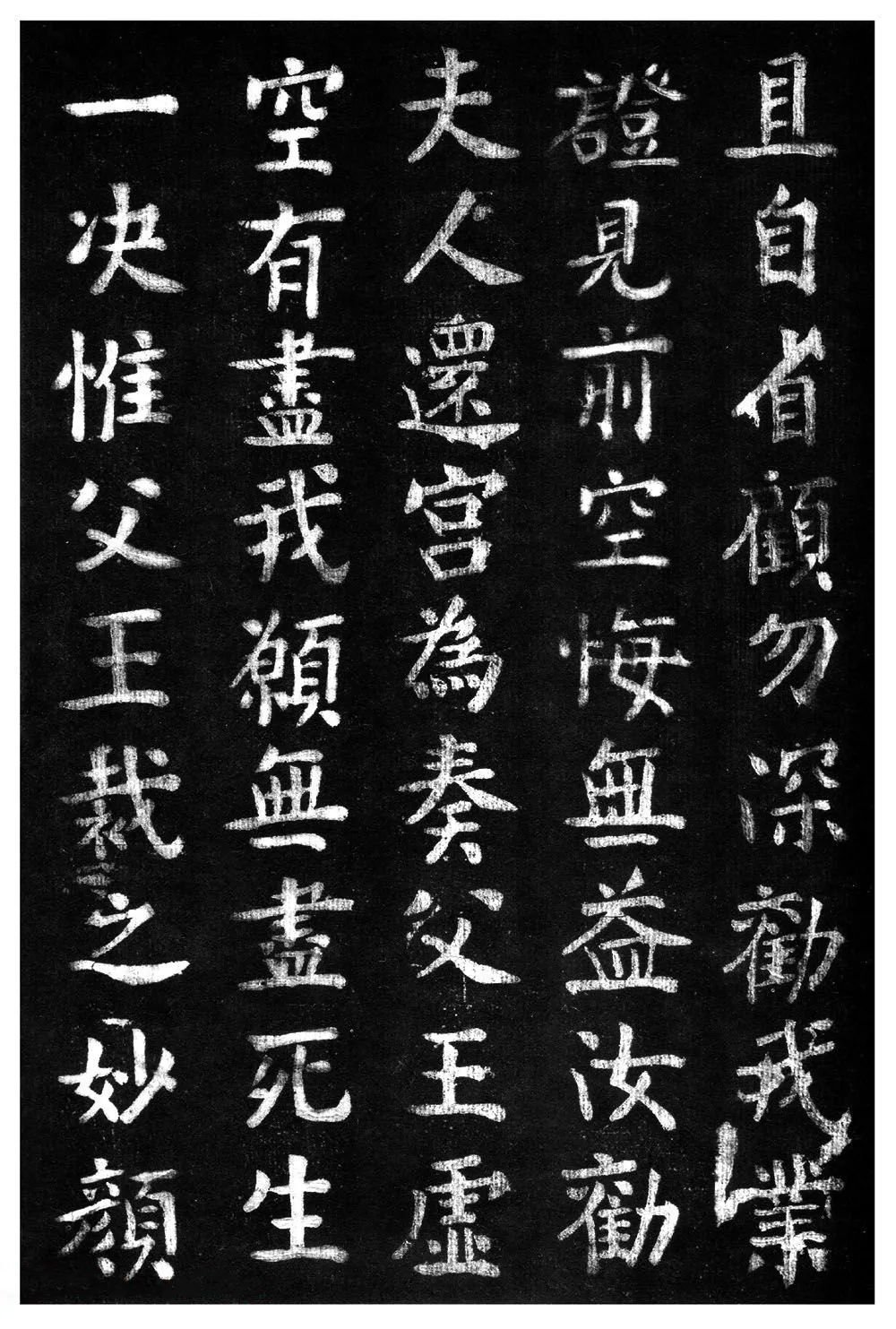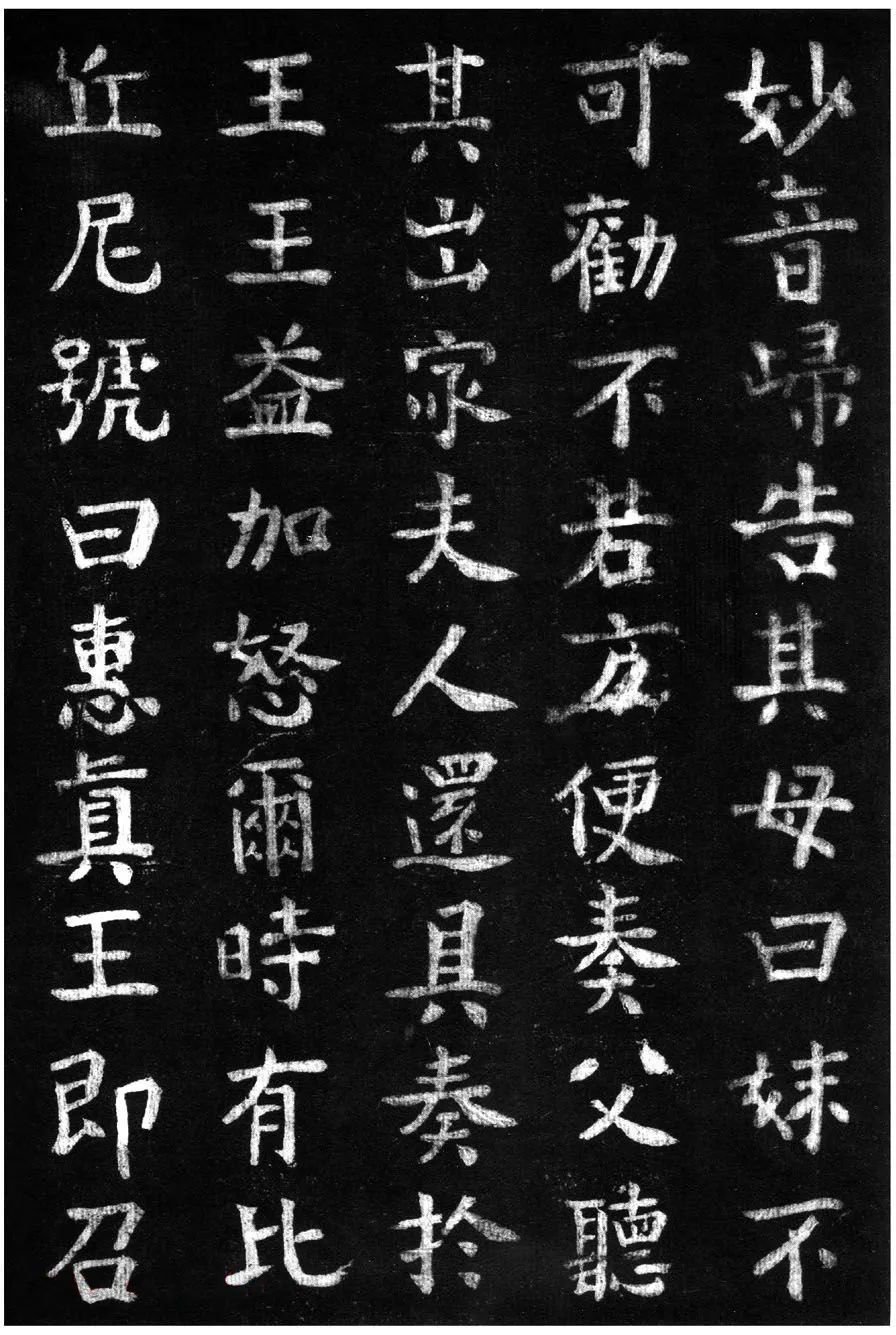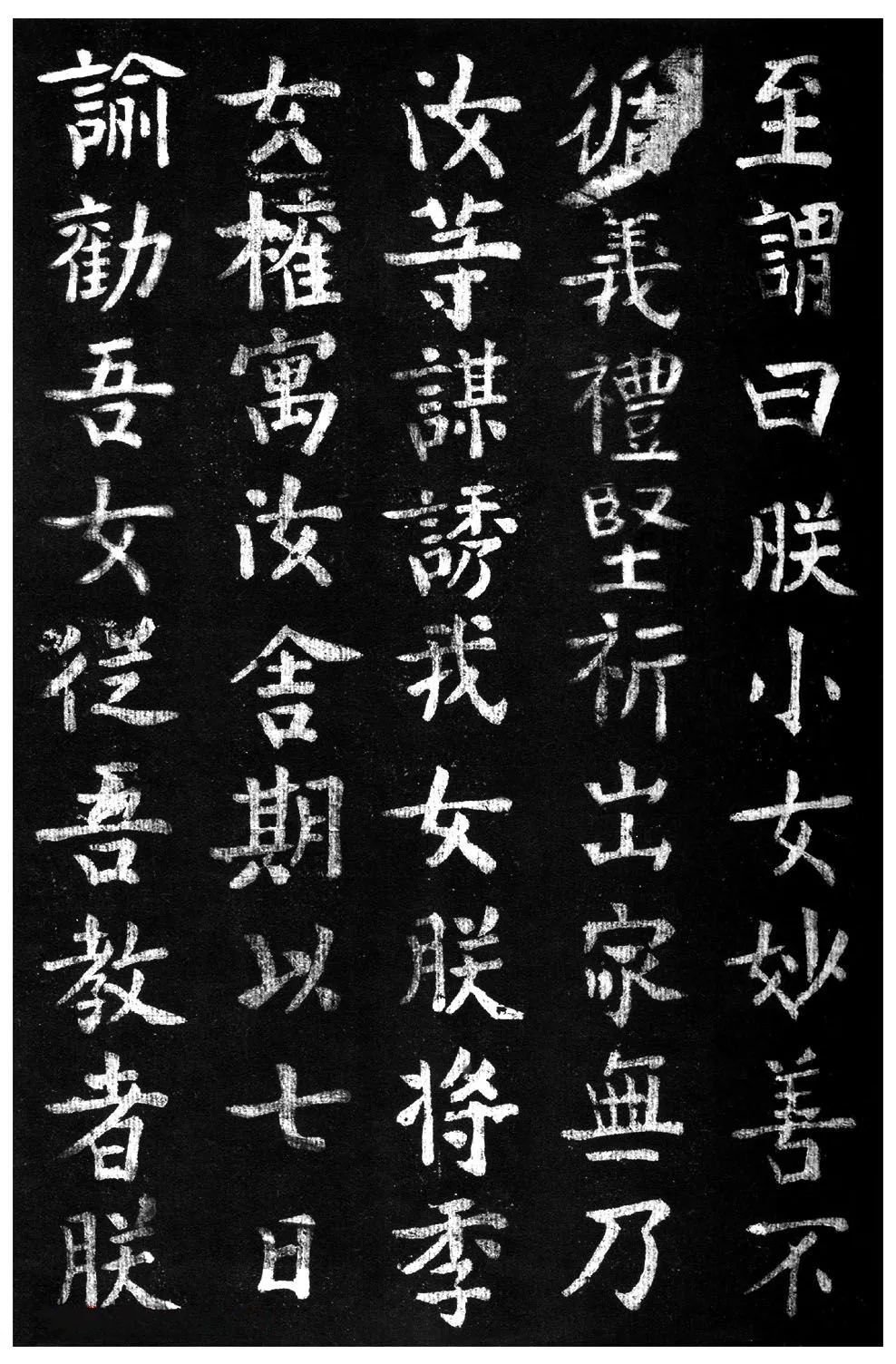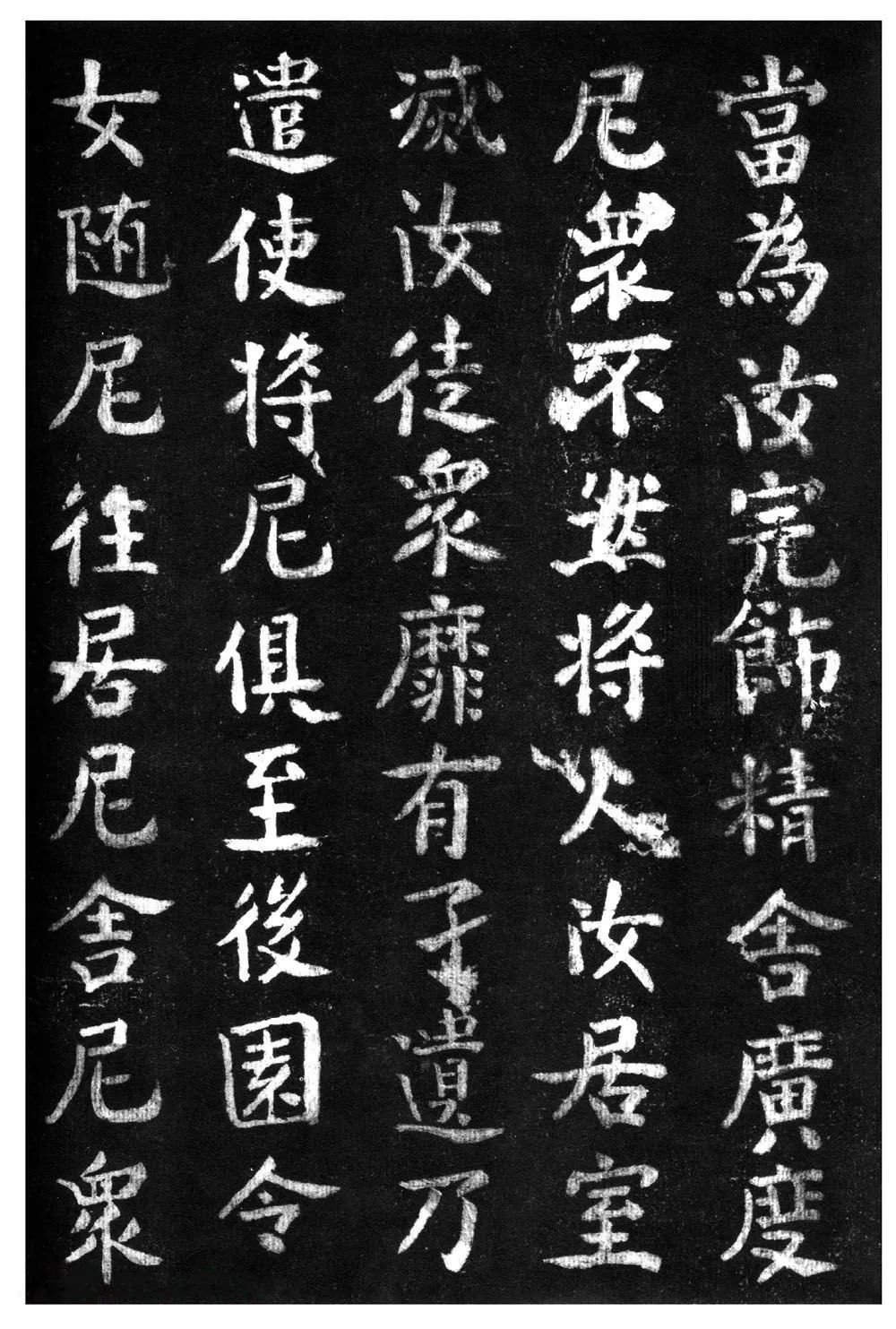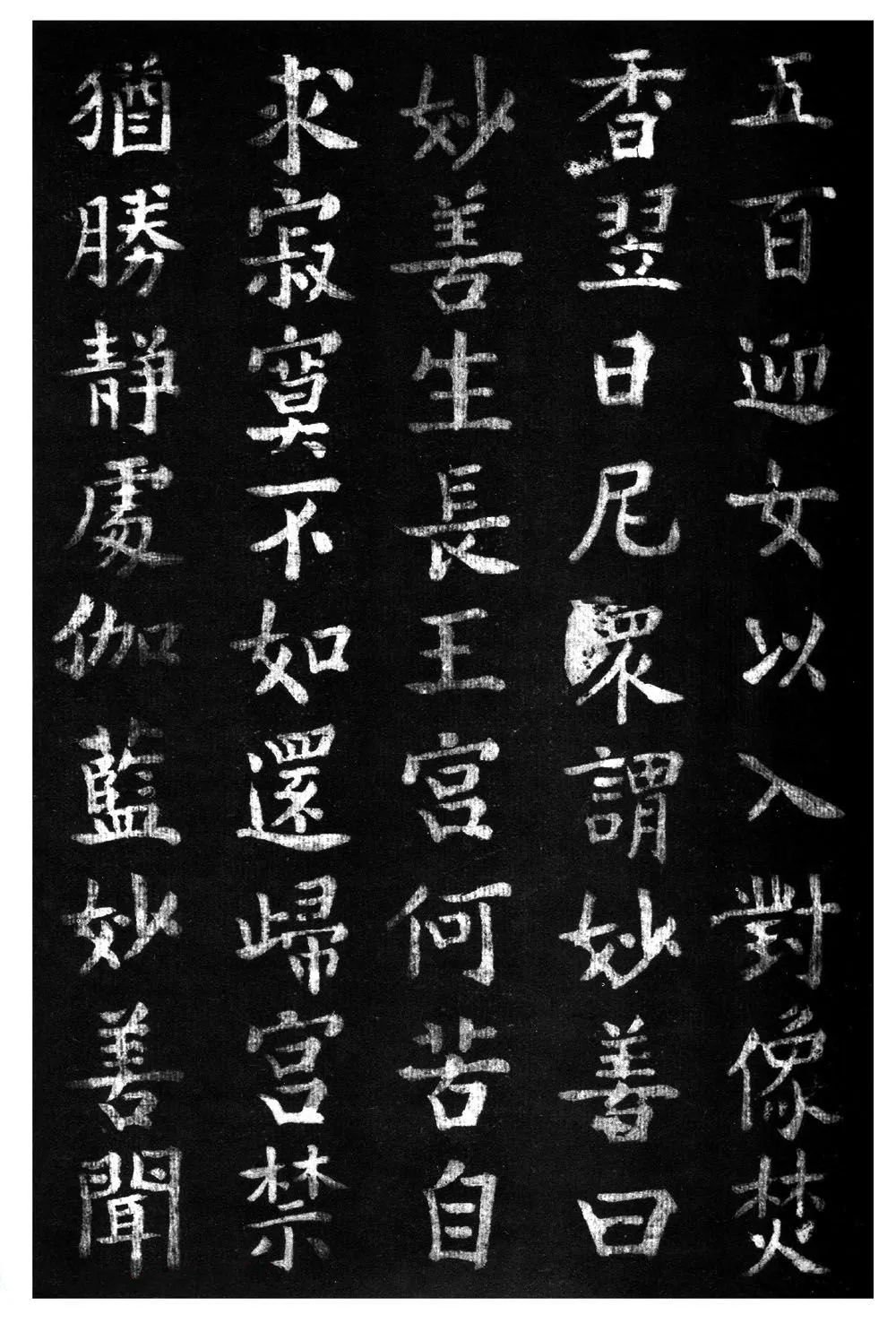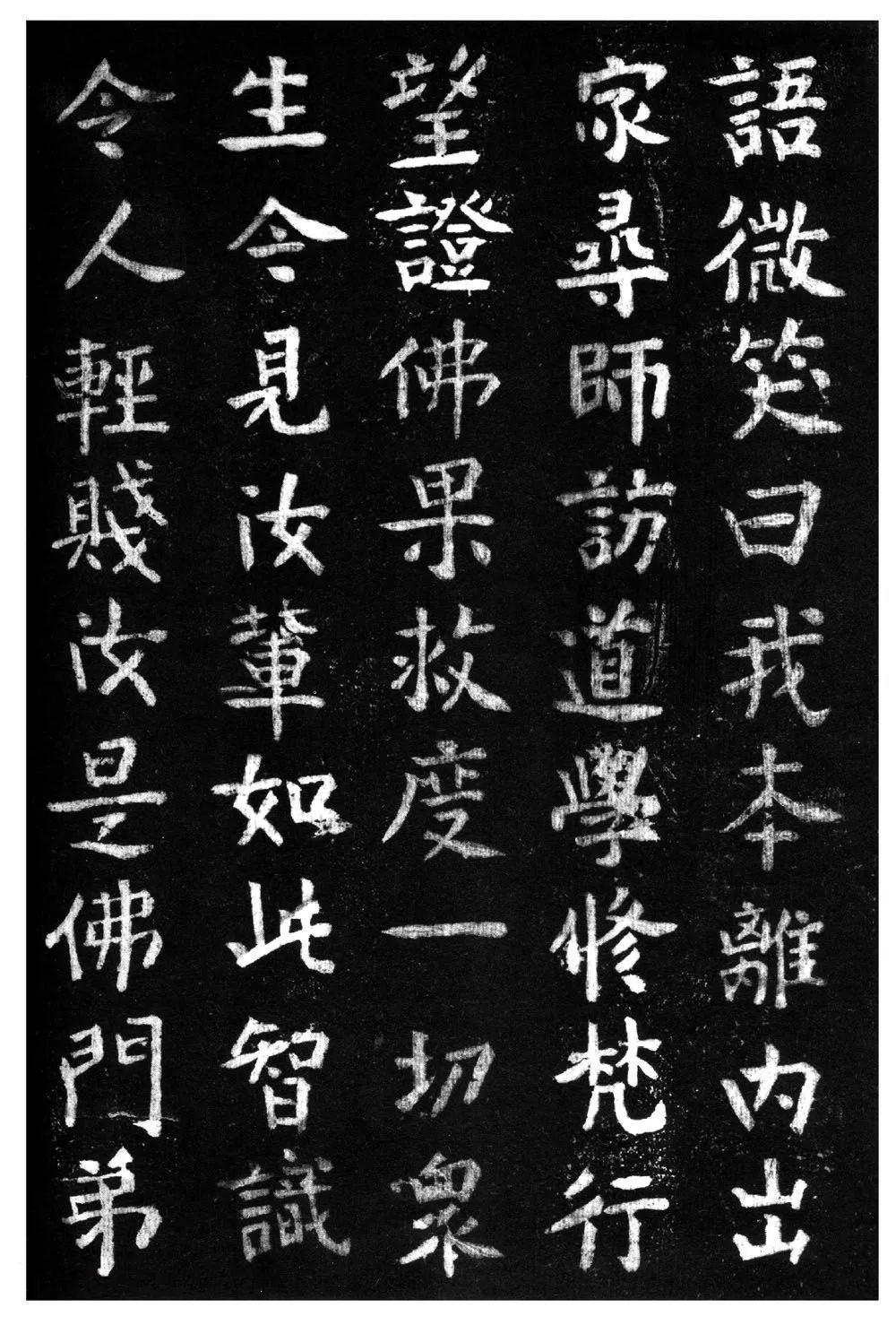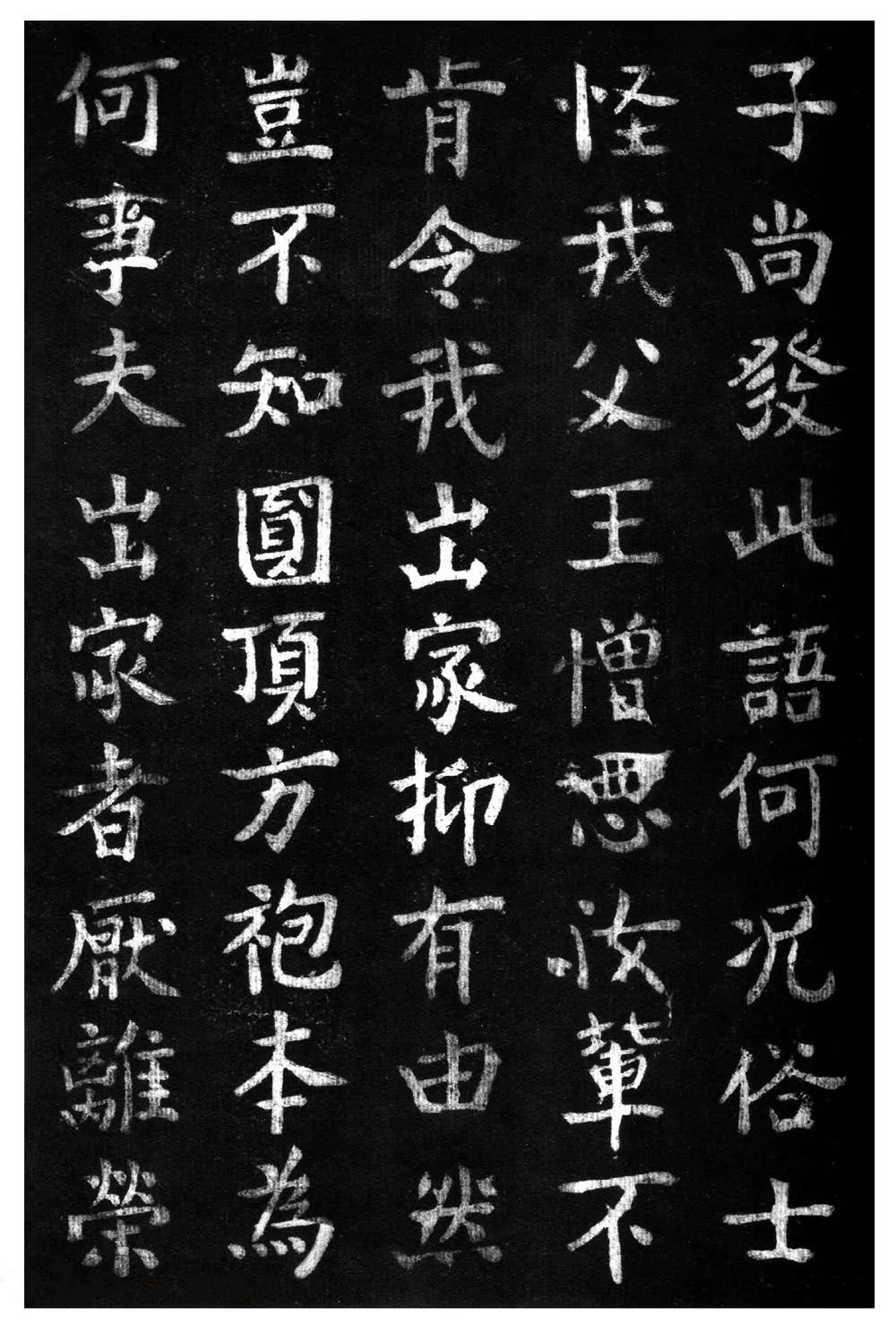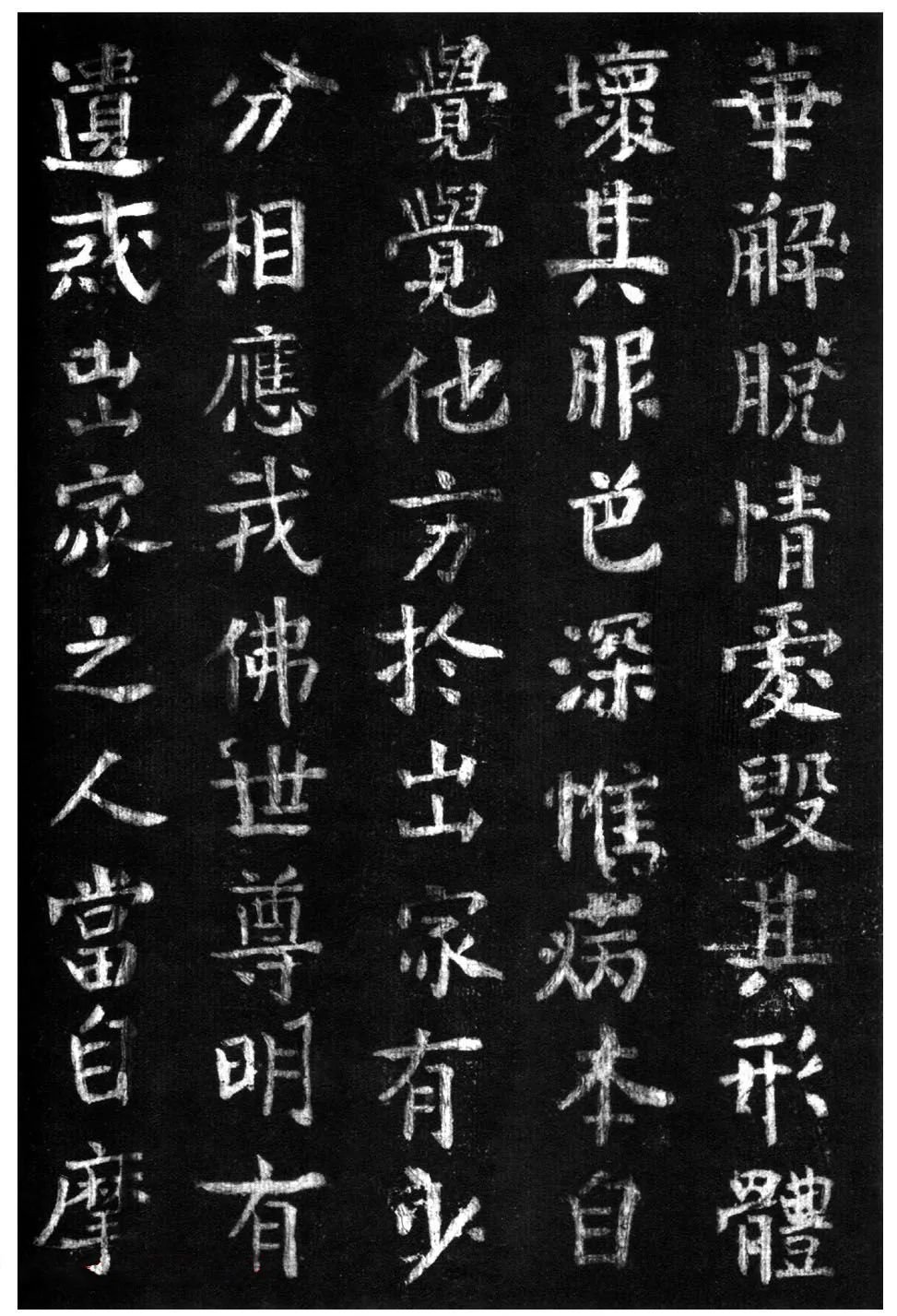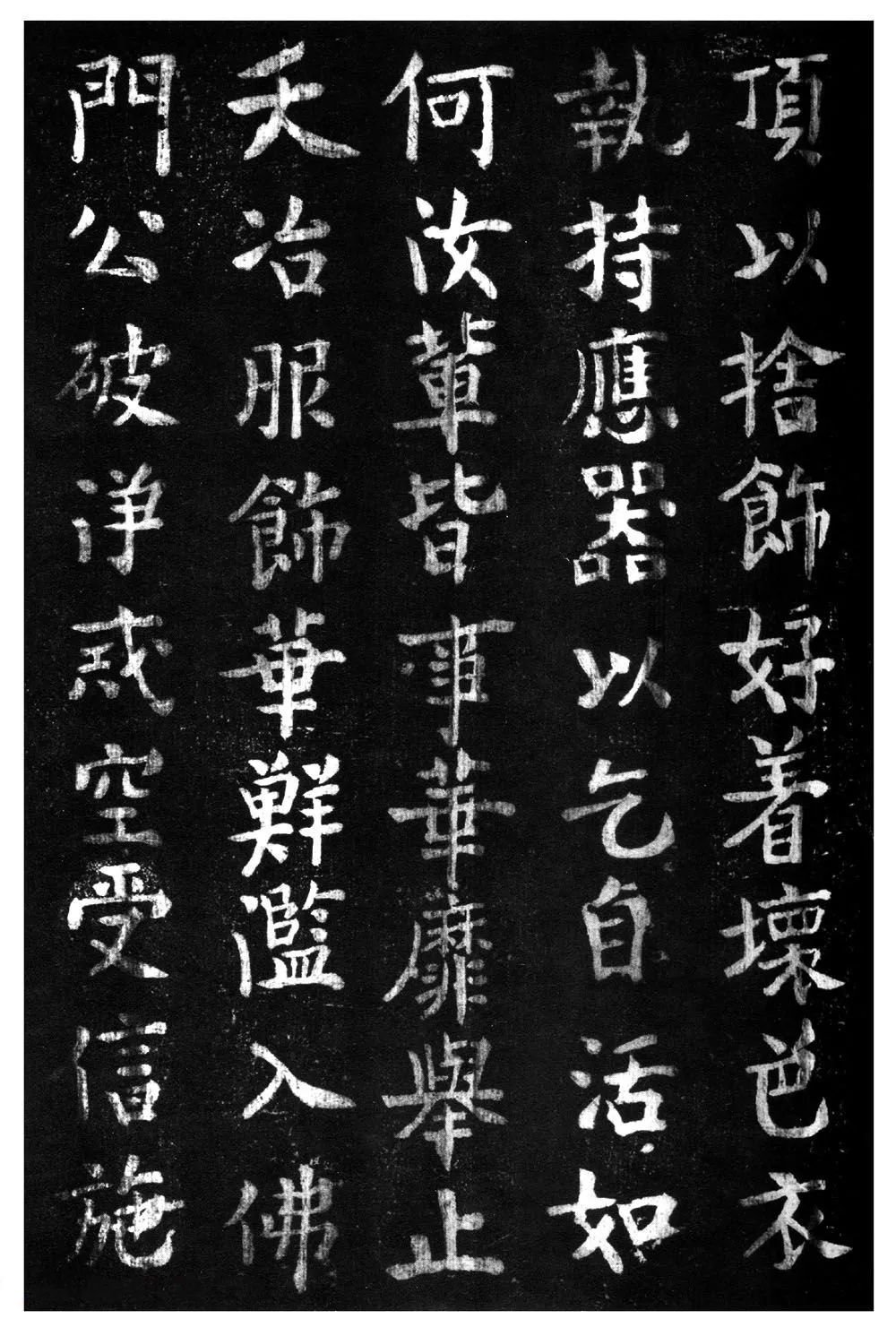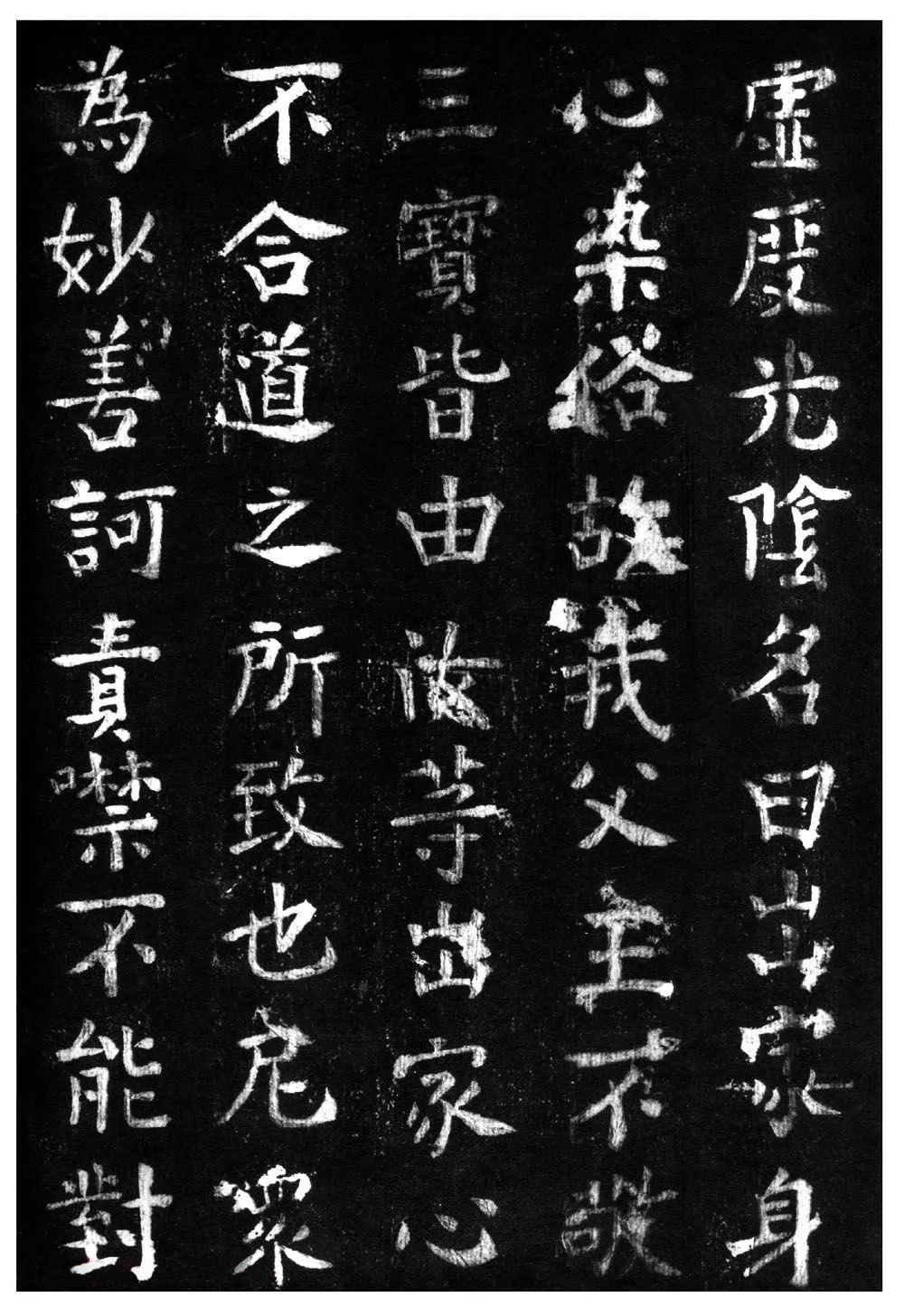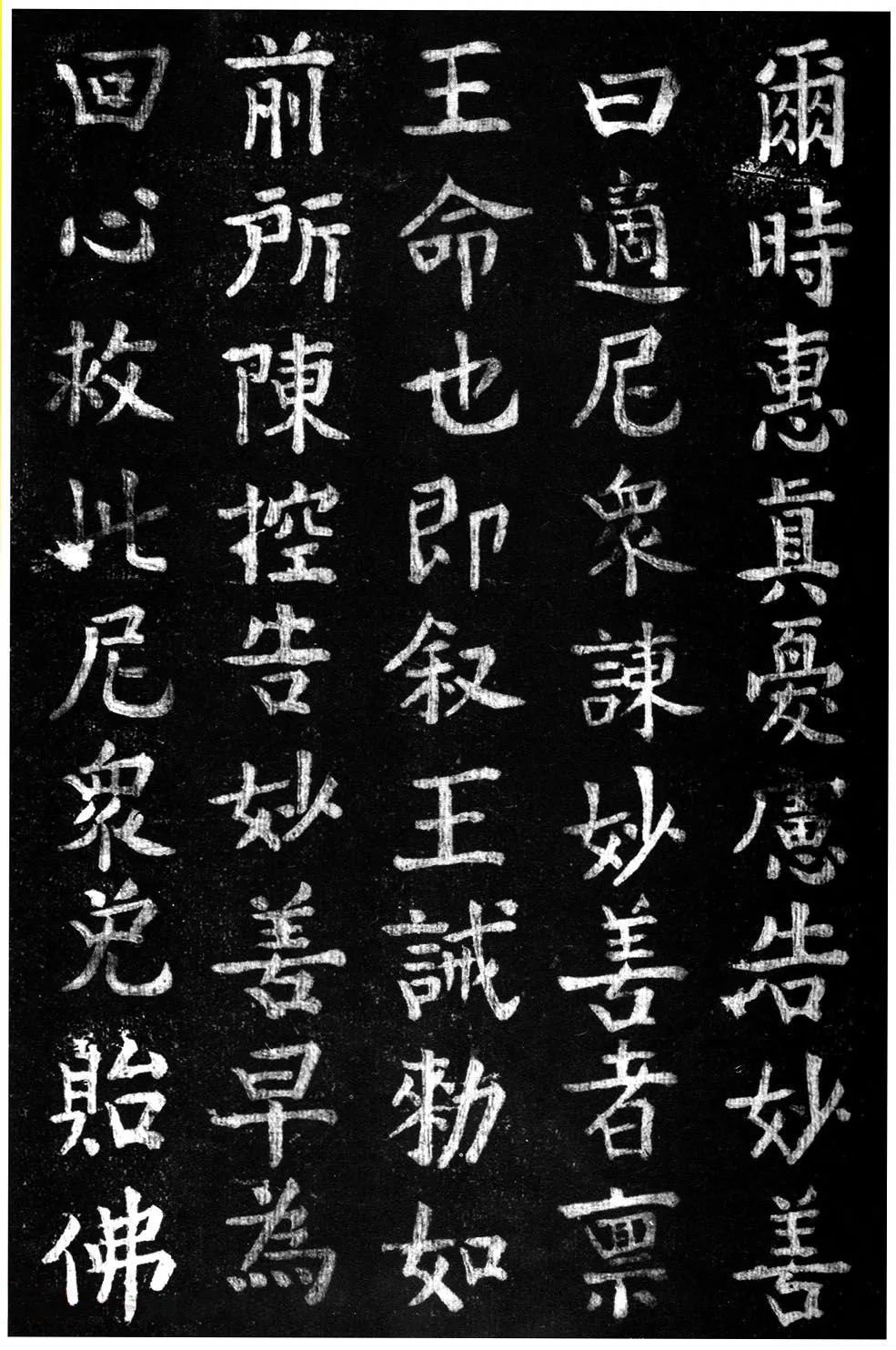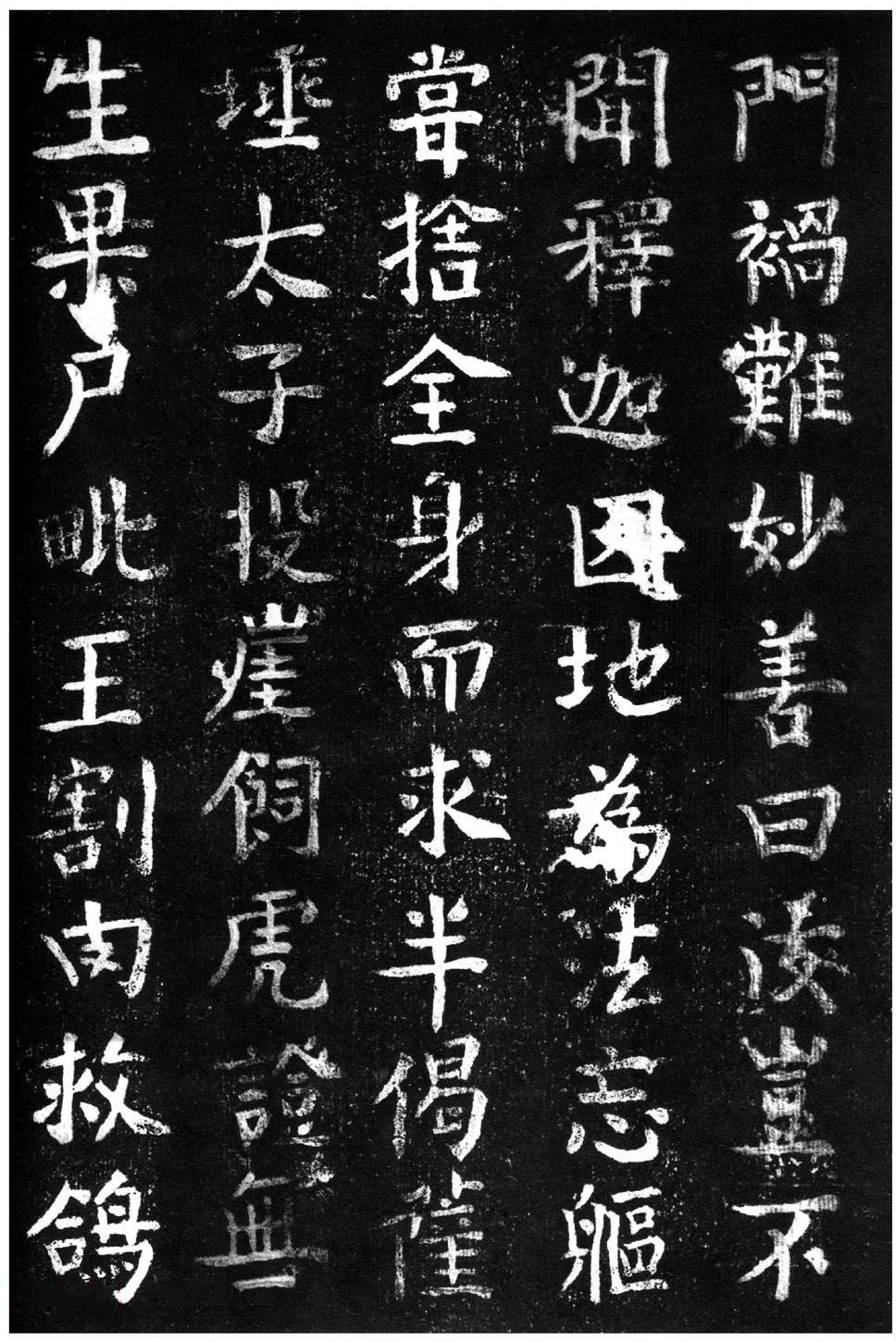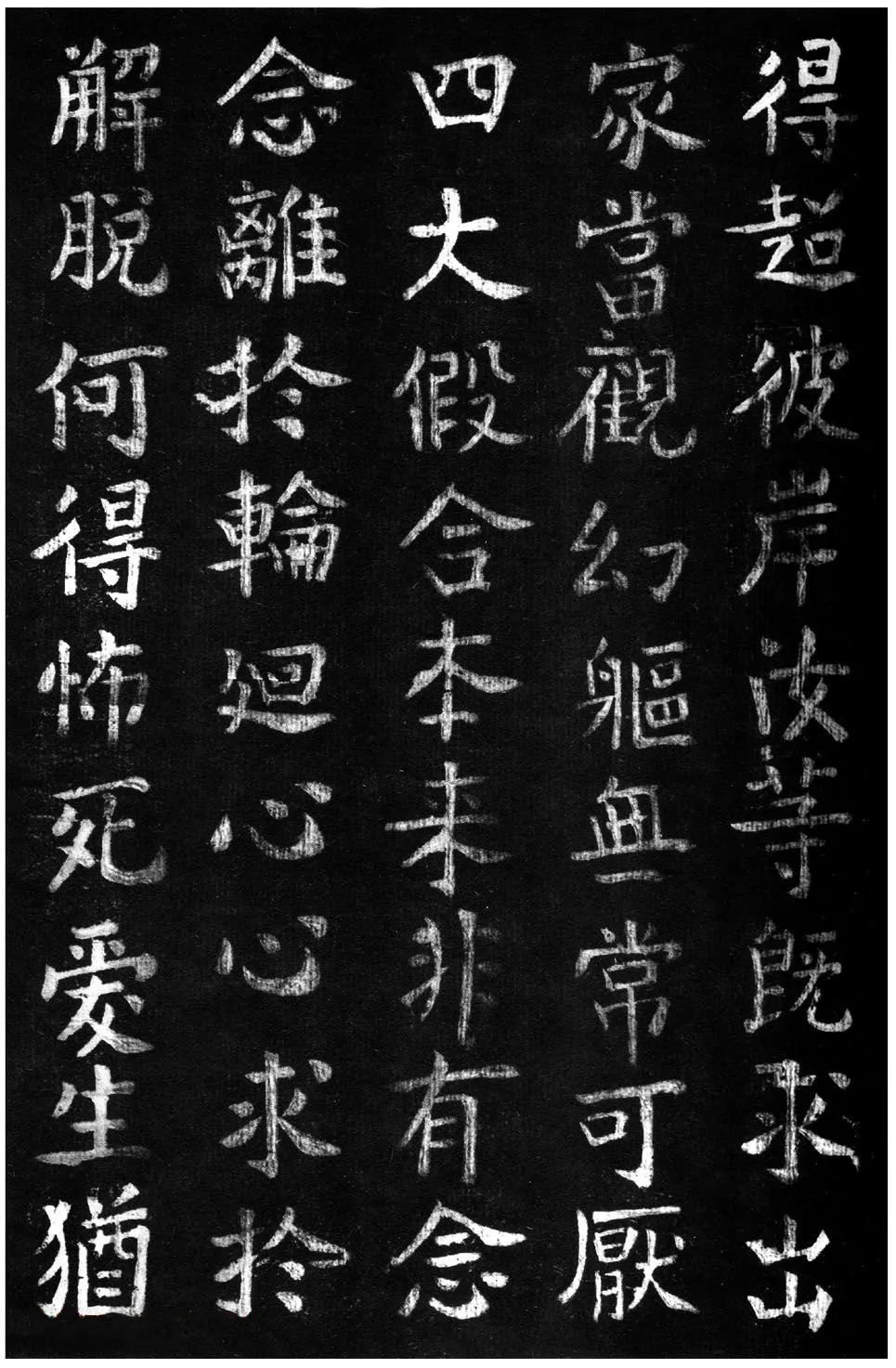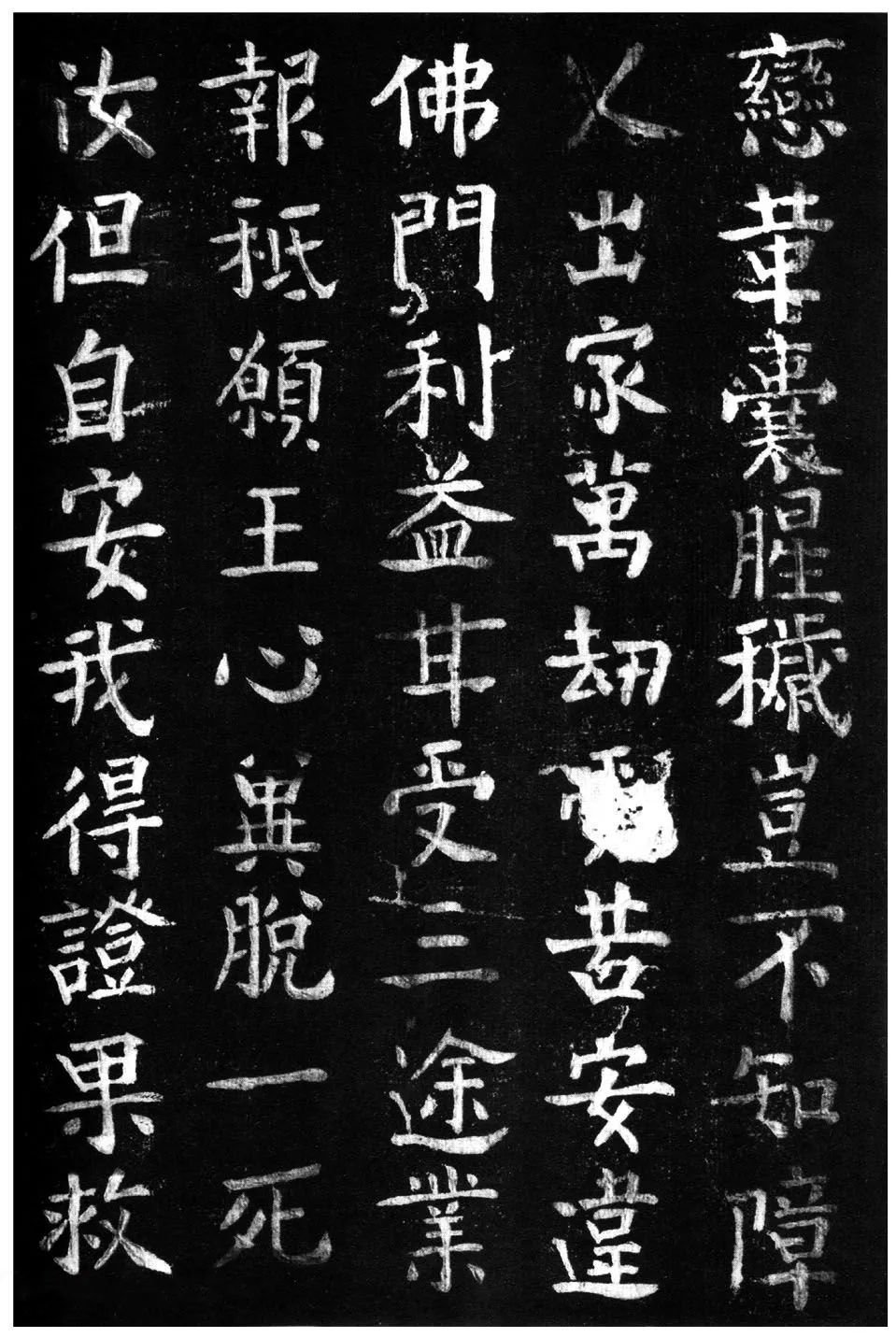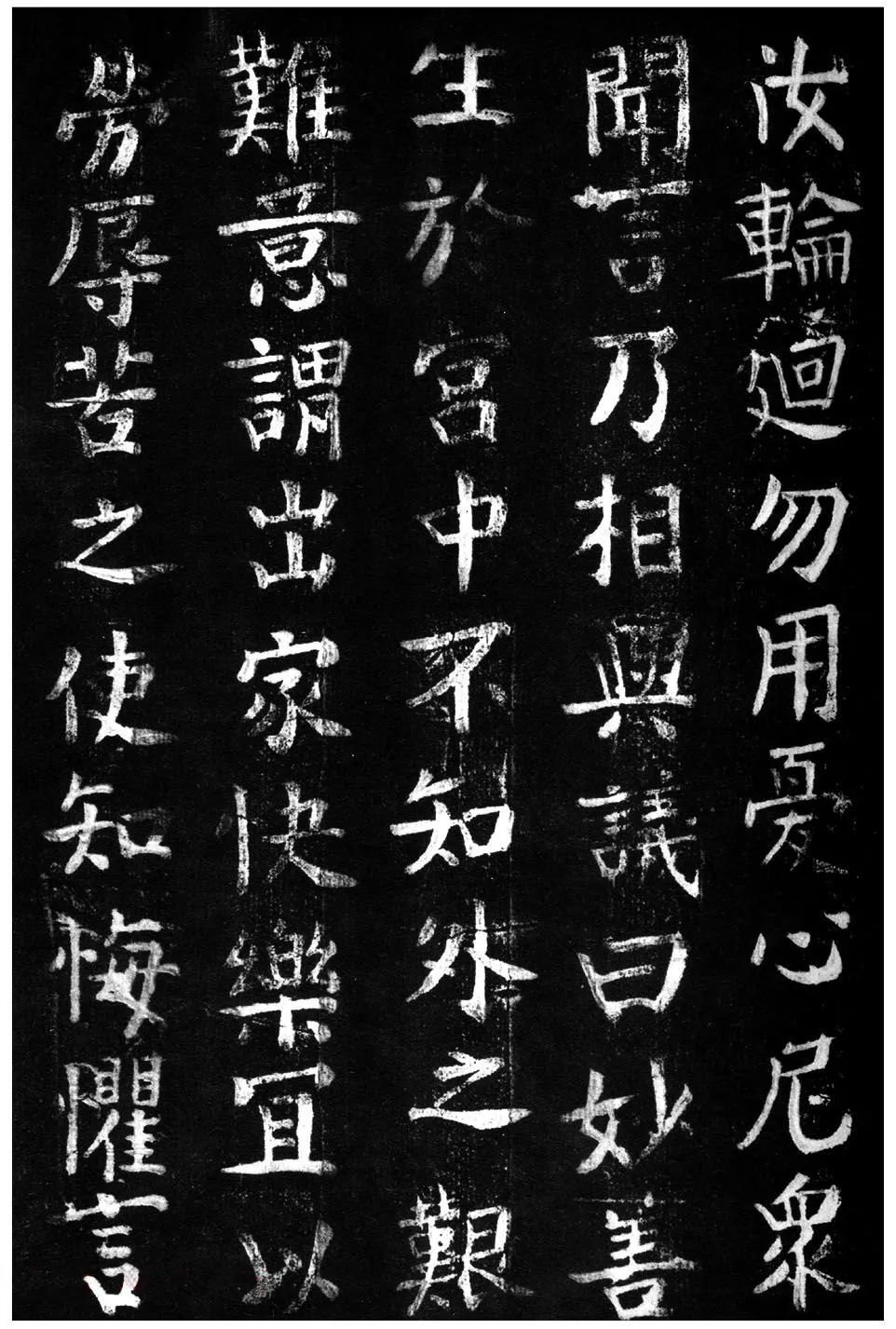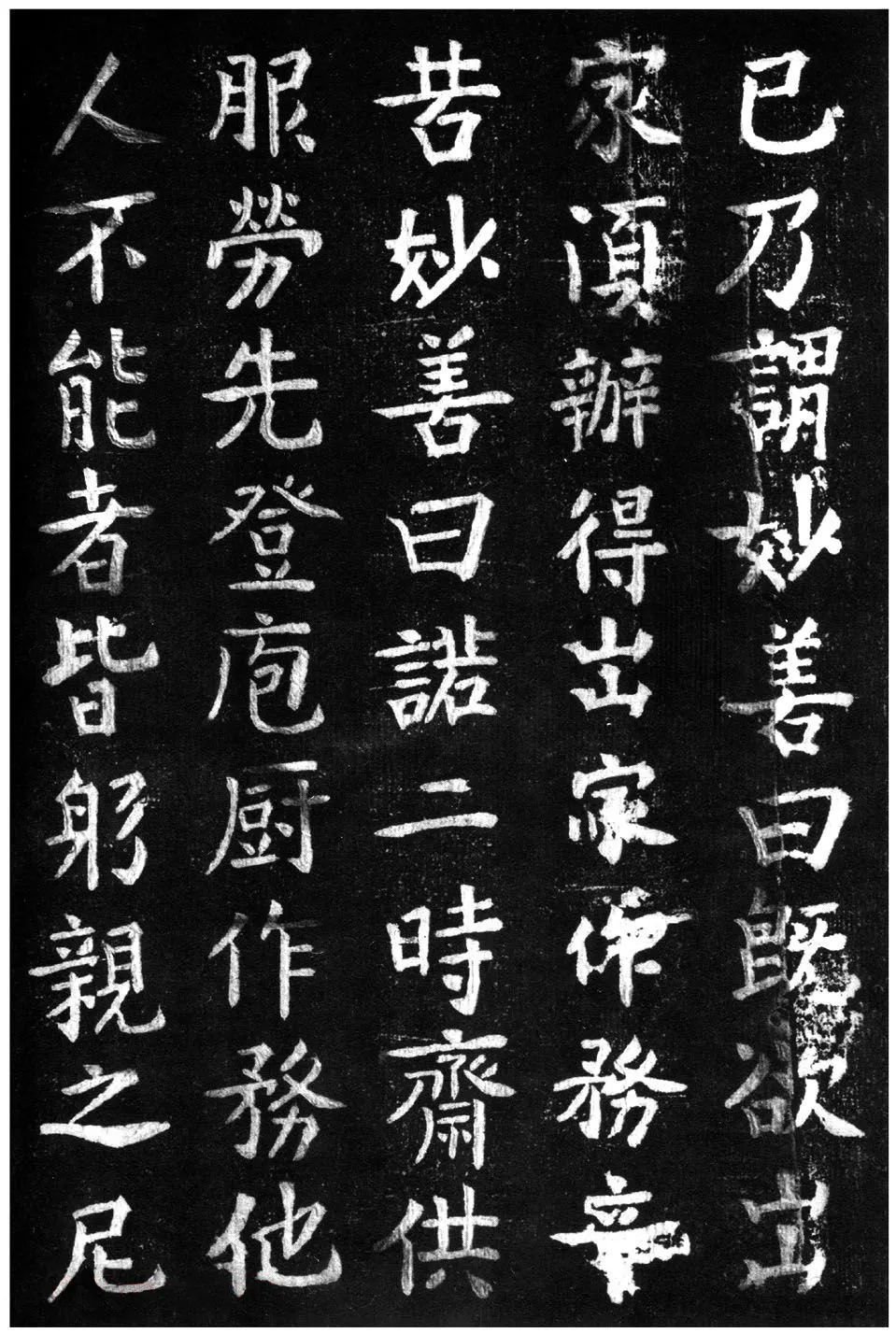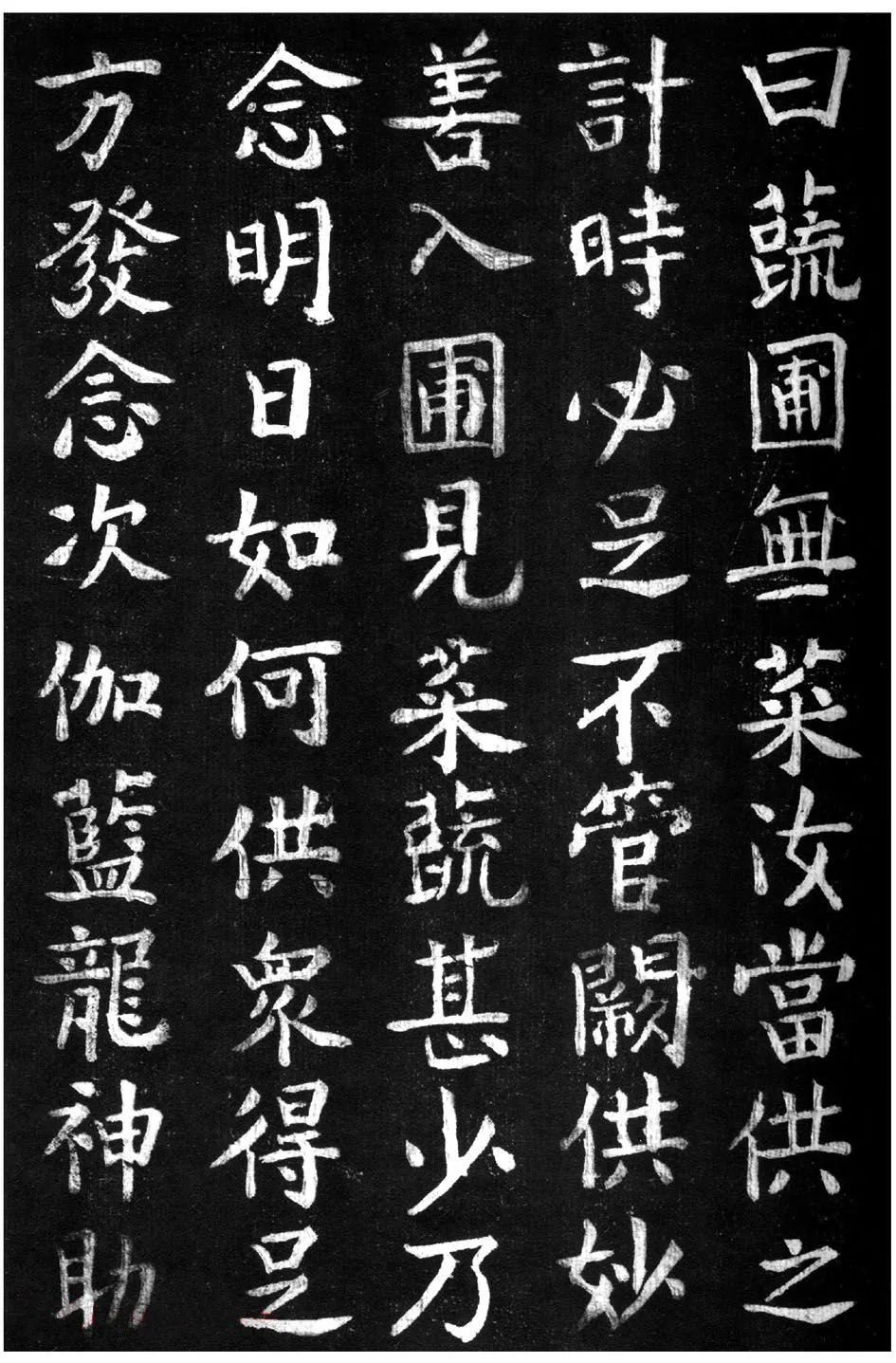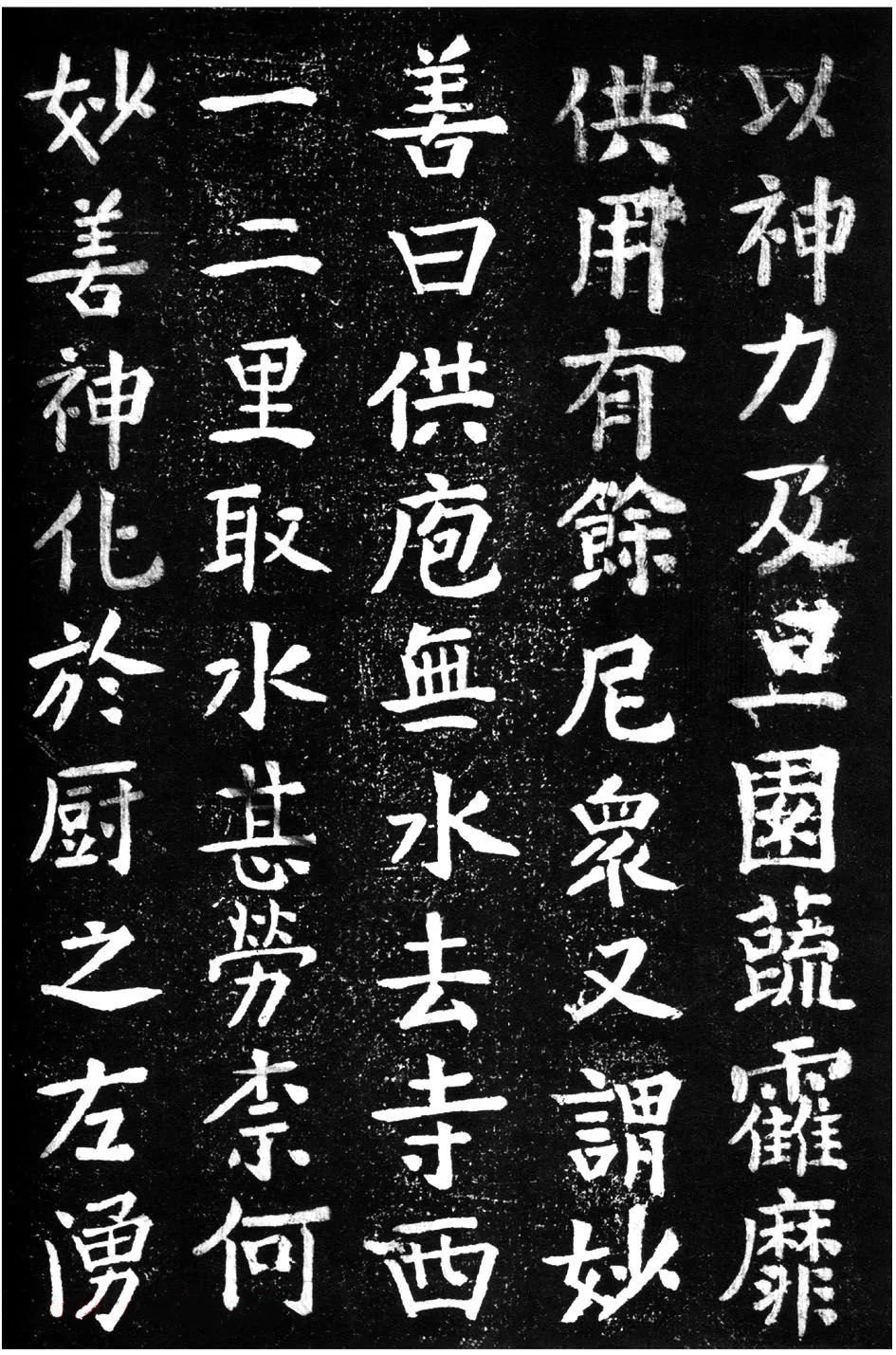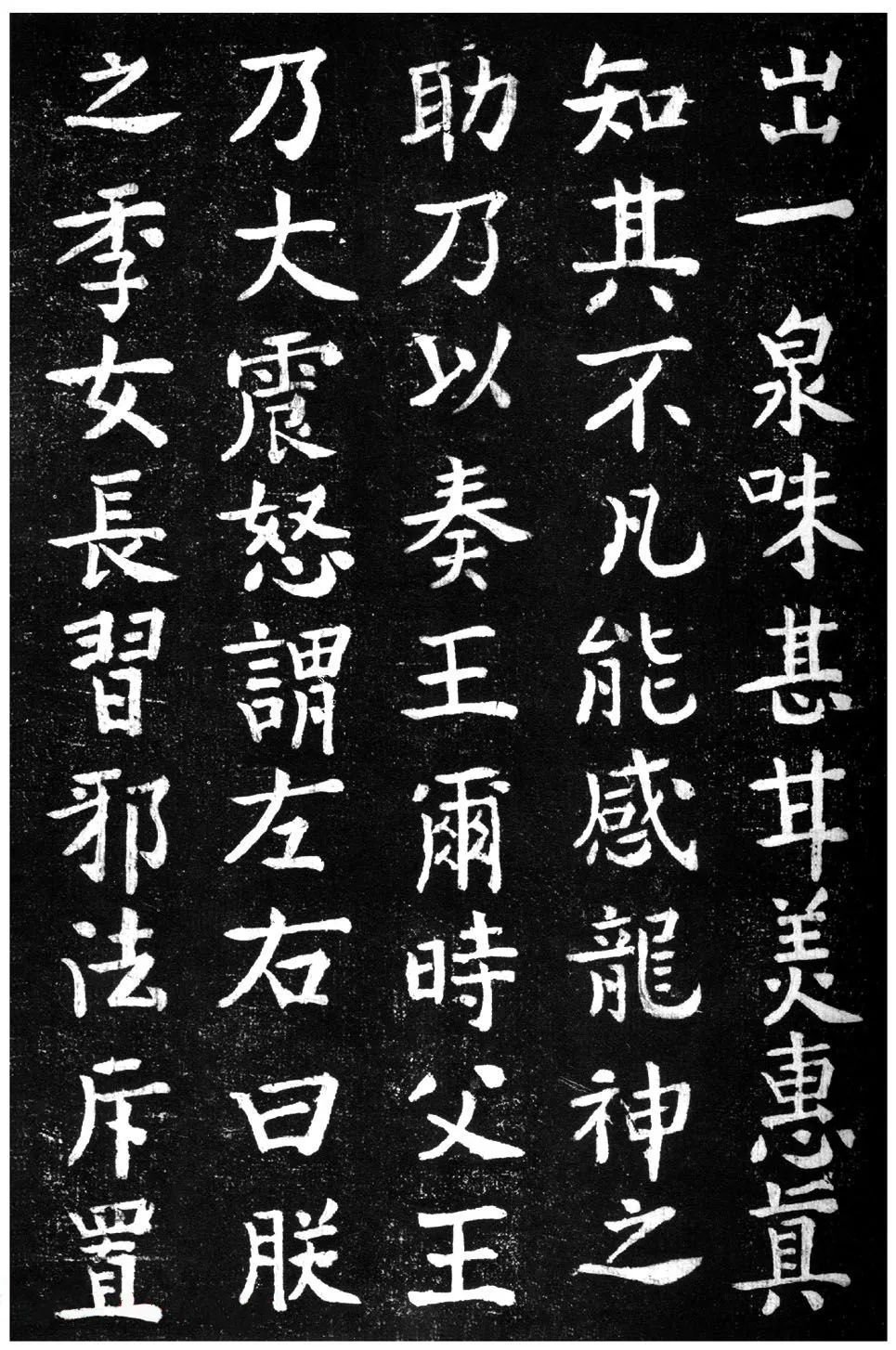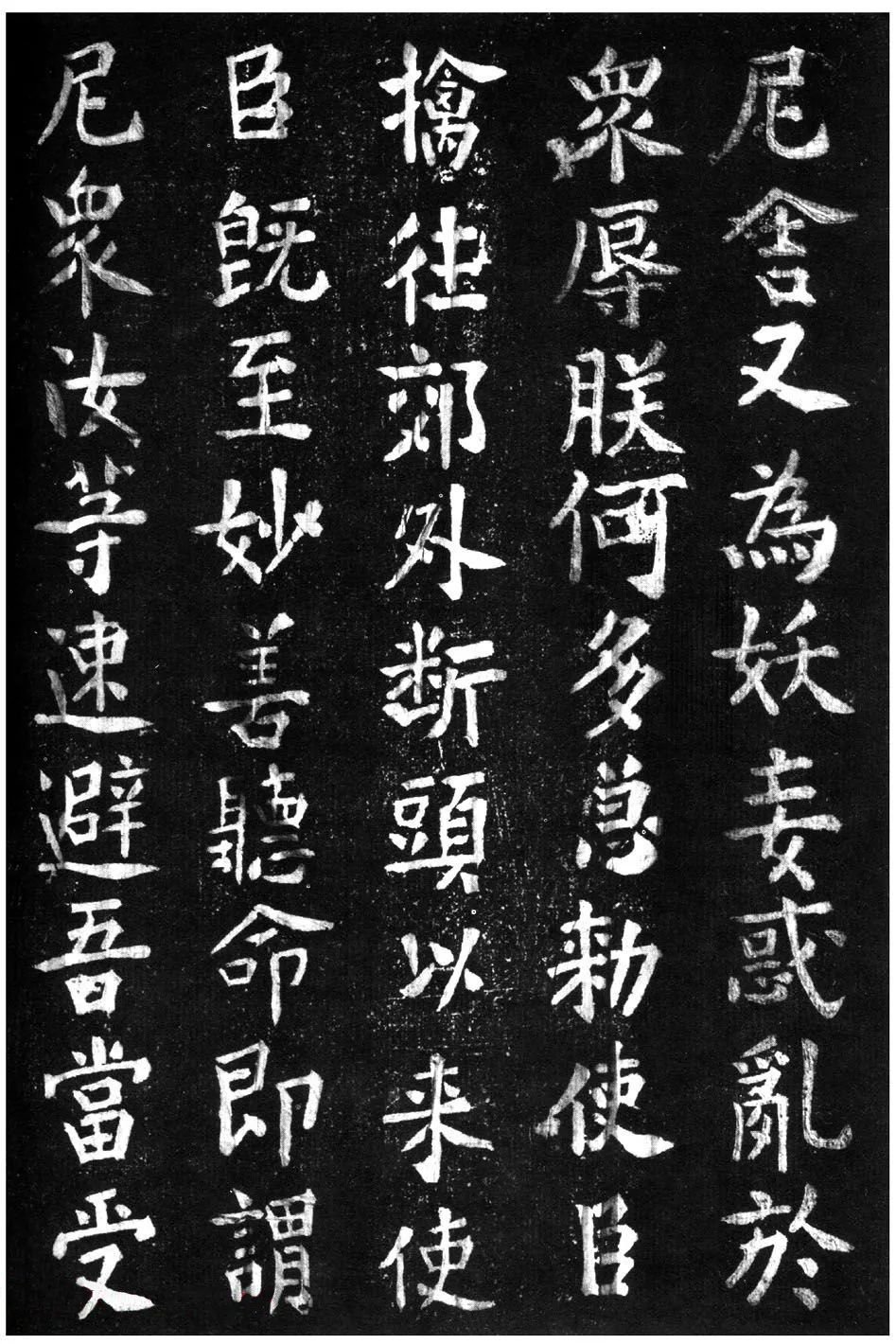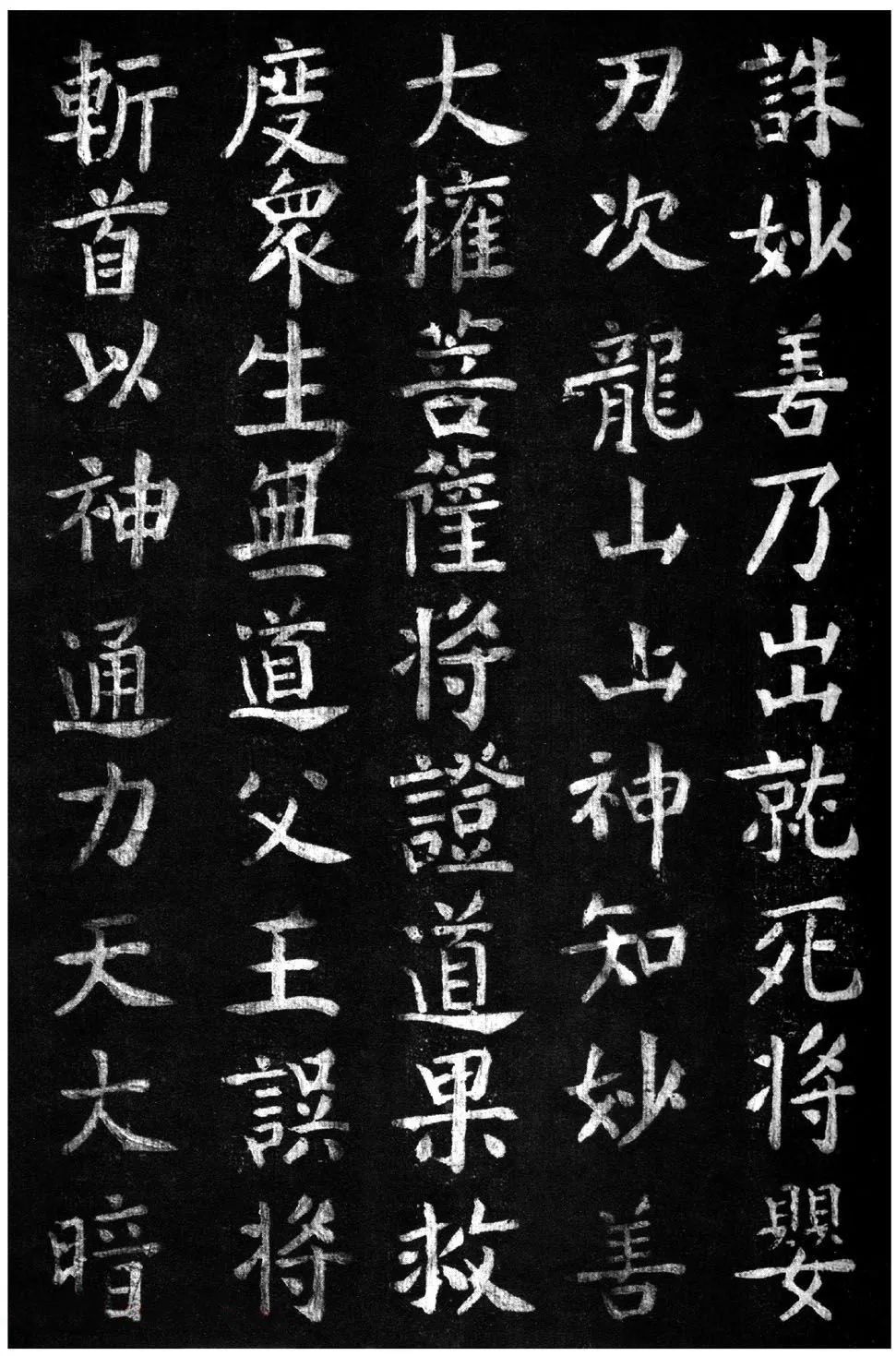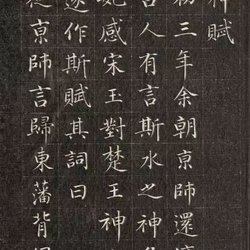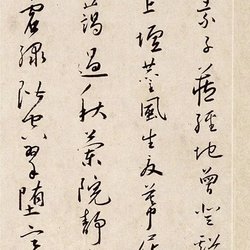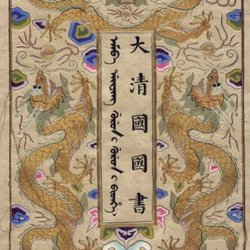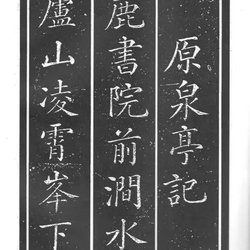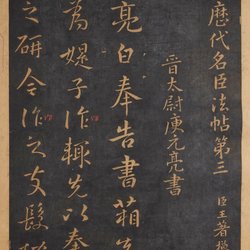At the end of the Northern Song Dynasty, Chen Dong, a student of the Imperial College, wrote a letter calling Cai Jing "the leader of the six thieves". After Song Qinzong ascended the throne, Cai Jing was demoted to Lingnan and died in Tanzhou (now Changsha, Hunan) on the way. Because he is a representative of "treacherous ministers" and hates his people and discards his books, Cai Jing's calligraphy is not much handed down from generation to generation, and his regular script works are even rarer. Among his regular script works handed down from generation to generation, they are all presented in the form of inscriptions. The ink does not pass. The best example of Cai Jing's regular script is the "Xiangshan Great Compassion Bodhisattva's Monument", which is commonly known as the "Cai Jing Monument" locally. This inscription is one of the few authentic calligraphy works in existence and has high value for appreciation of calligraphy art.
Among Cai Jing's regular script works that can be seen today, there are four types of stele that are worthy of the name according to their shape: "The Monument of the Great Compassion Bodhisattva in Xiangshan", "The Monument of Yuanyou's Party Registration", "The Monument of Zhao Yi Jian Gong's Divine Way", and the "Stele of Yu Jian Gong in Henan Province" in August 2017. The "Epitaph of the late Song Dynasty Madam Su" was unearthed in Lijinzhai Village, Hongchang Township, Zhouzhou City. Among these four regular script inscriptions, the "Yuanyou Party Registration Stele" and the "Zhao Yi Jian Gong Shen Dao Stele" are in regular script and have a unique style of writing with a slight line of meaning, which fully embodies the calligraphy style of "Song people's stillness". The "Epitaph of the Late Song Lady Su" was written by Cai Jing when he was 34 years old. When Cai Jing wrote and wrote this epitaph, it was the time when Cai Jing participated in formulating the Taixue education law and compiling the academic system of various schools. The regular script of this epitaph is well-organized and the structure is naturally a rare masterpiece of Cai Jing's calligraphy.
Xiangshan Temple, whose full name is Xiangshan Dapumen Temple, is located on the top of Xiangshan (Huozhu Mountain) in the north of Xincheng District, Pingdingshan City, Henan Province, and 15 kilometers southeast of Baofeng County. In the temple, the 33-meter-high Great Compassion Guanyin Pagoda rebuilt in the first year of Xining in the Northern Song Dynasty (1086) stands in the center. Inside the temple (commonly known as Sanhuanggu Cave) is a stele of the Great Compassion Bodhisattva in Xiangshan, also known as the Thousand Hands and Thousand Eyes Guanyin. The Monument on the History of the Bodhisattva's Enlightenment was erected in the third year of Yuanfu (1100) in the Northern Song Dynasty. The stele is 2.22 meters high and 1.46 meters wide. It has 50 lines of inscriptions and a full line of 91 characters, totaling more than 4,000 characters. The content of the inscription is the life story of the God of Heaven telling lawyer Daoxuan in the early Tang Dynasty at the Inspiration Temple of Zhongnan Mountain in Chang'an, about how he attained enlightenment and became the Great Compassionate Avalokiteśvara Bodhisattva. In the second year of Yuanfu (1099) of the Northern Song Dynasty, the article was polished and written by Jiang Zhiqi, the Tongzhi Privy Councilor of Tongyi. In the third year of Yuanfu (1100), the famous calligrapher and Hanlin scholar accepted the imperial edict, became a senior official, and served as a minister of imperial edicts and imperial edicts. Compilation of Cai Jingdan's book on the history of the country.
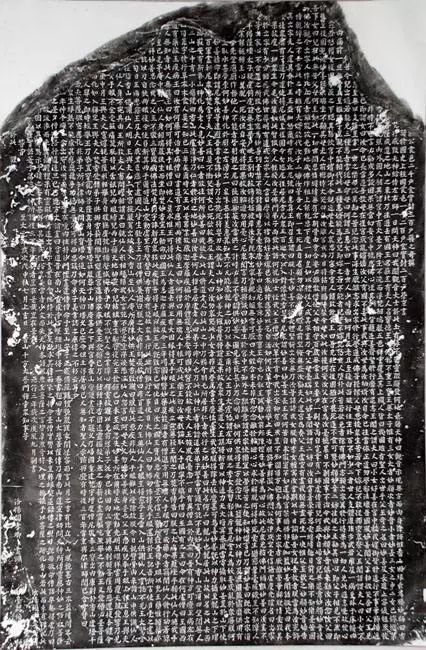
"The Monument of the Great Compassion Bodhisattva in Xiangshan"
